First time dog owner tips you’ll be grateful to know
If you’re new to pet parenthood, these first time dog owner tips should set you on the road to a perfect start together
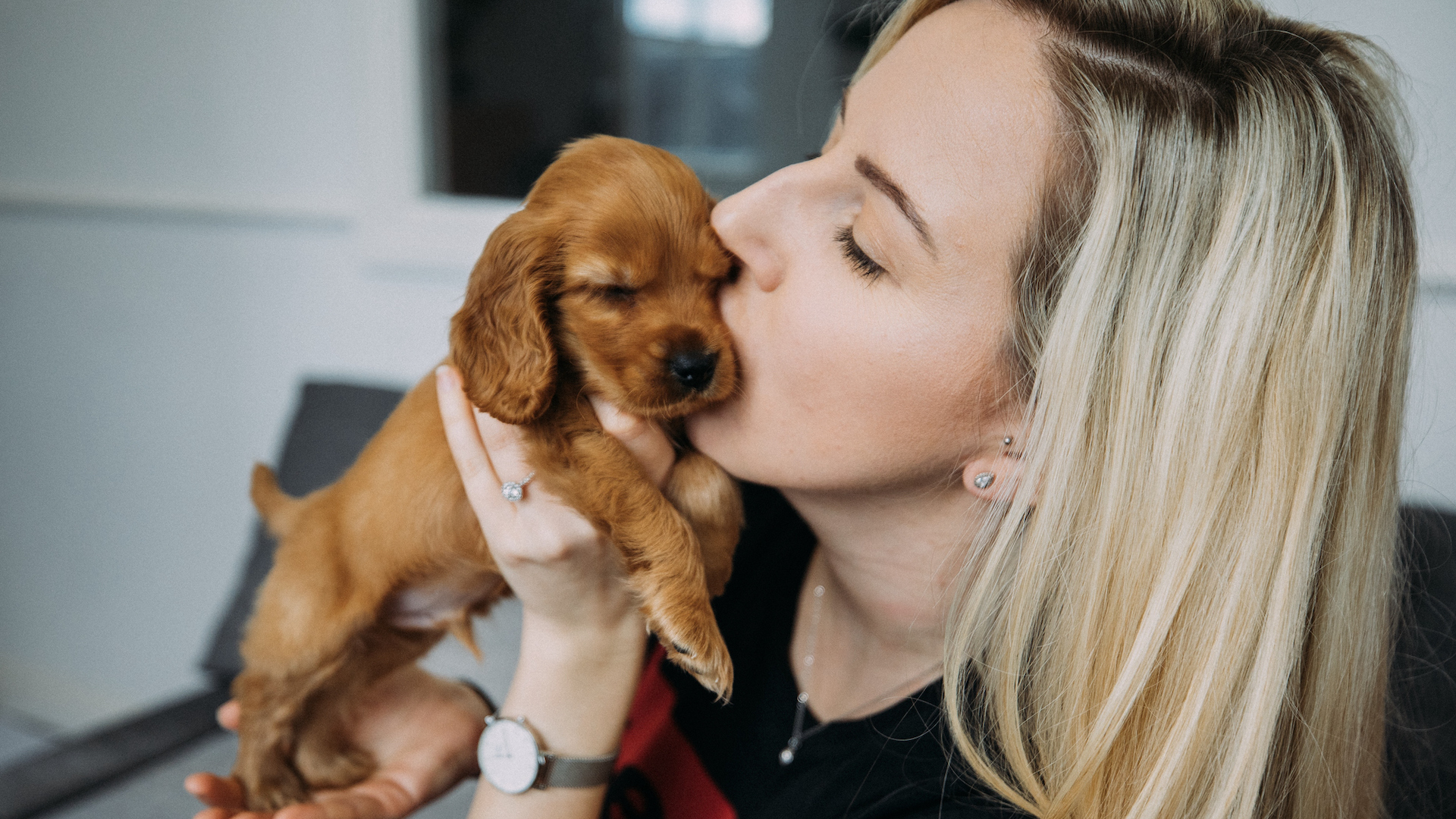
There are few things more exciting than bringing home the little bundle of fluff that is your new dog. But this latest addition to the household comes with a whole host of responsibilities, and if this is your first dog, it pays to be prepared.
Right from researching suitable breeds, to buying food and dog-proofing the home, there are myriad hurdles that can trip you up if you're bringing home a puppy for the first time – or a rescue, or adult dog, for that matter.
Let’s take a look at some of the things you'll want to know before getting a dog, both before and after you welcome your new fur friend into your family.
Tips for first time dog owners
1. Choose your breed wisely
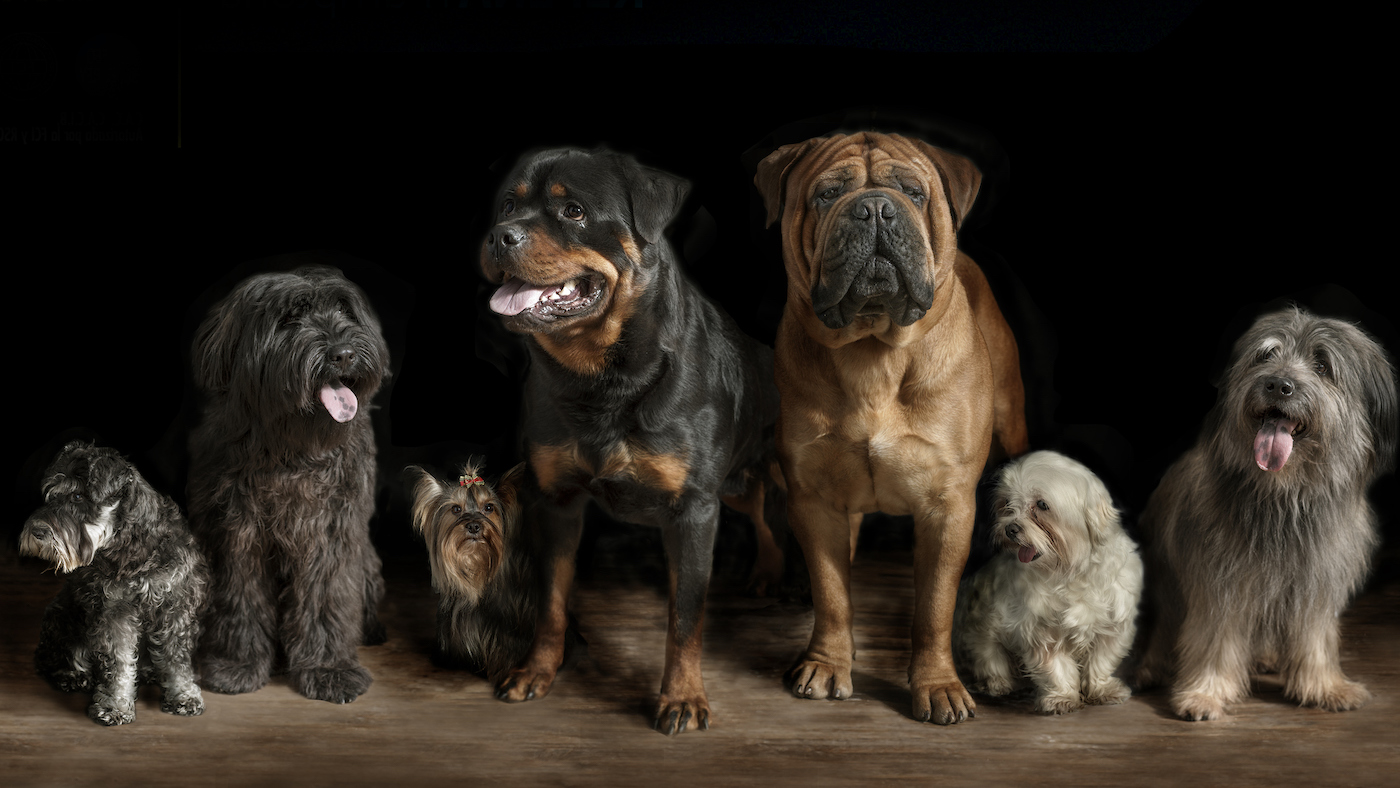
Whether you are planning to buy a puppy or adopt a rescue dog, you don’t know exactly how their character will pan out. However, certain breeds will be better suited to your lifestyle than others.
For example, if you want to run and hike with your dog, research into active dogs who require a lot of exercise, such as German Shorthaired Pointers or Springer Spaniels. If you live in an apartment, a more sedentary breed such as a French Bulldog would be more suitable.
If anyone in your household has allergies, then a low-shedding dog such as a poodle is the best option.
You might also want to check out our list of best behaved dog breeds!
Get the best advice, tips and top tech for your beloved Pets
2. Assess your available time
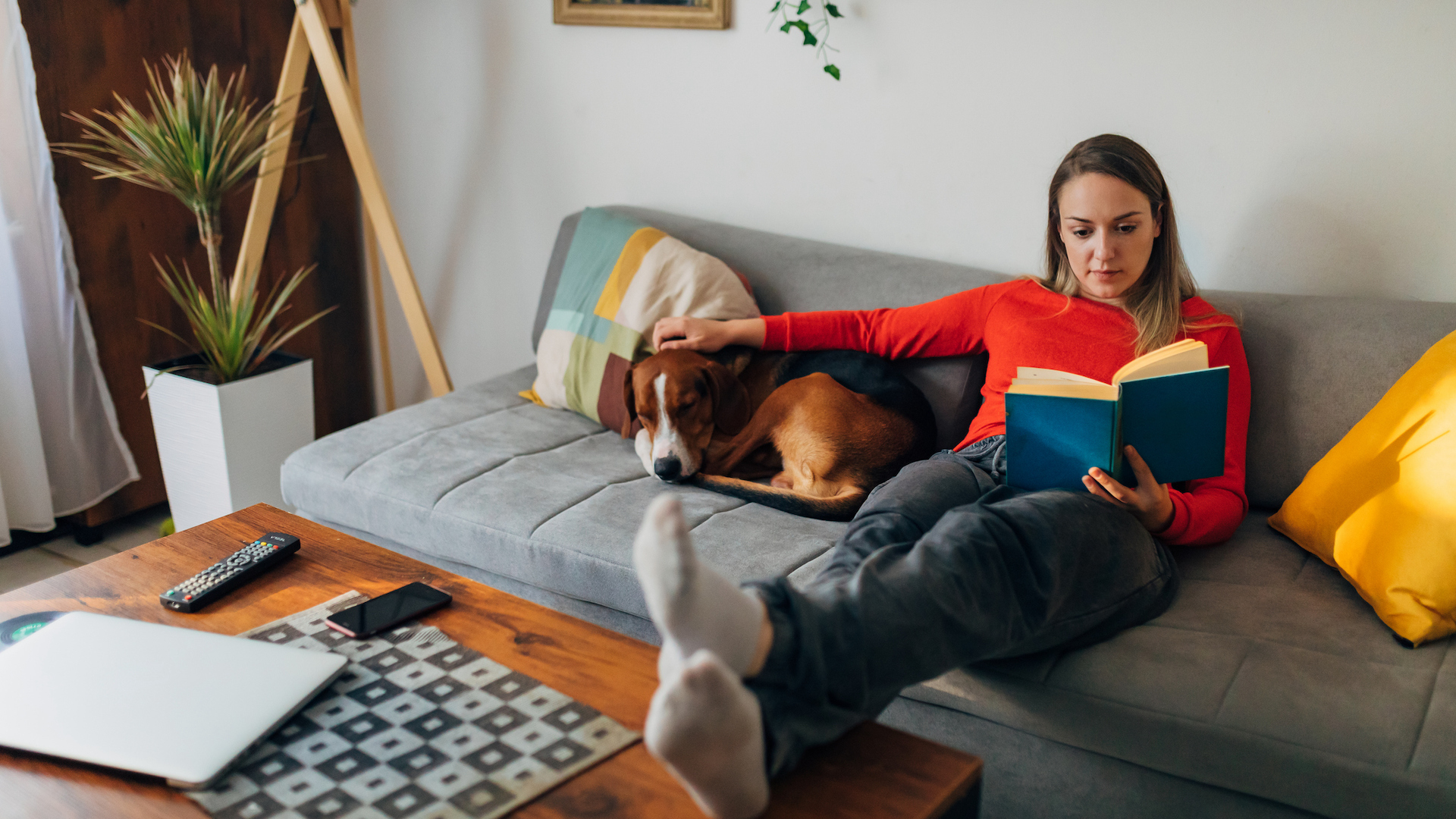
Dogs live for a fair while, at least a decade in most cases and the old adage of “A dog is for life, not just for Christmas” is well worth heeding. Can you really fit a dog into your busy lifestyle?
A puppy exerts a much greater demand on your time, with all the toilet training, multiple feeds, socializing, puppy classes and tidying up after him! Although this is short-lived, a dog is for the long-term and must be part of your life, not an add-on.
And if you already have a pup, here are seven ways to make more time for your dog when family life gets busy.
3. Balance the budget
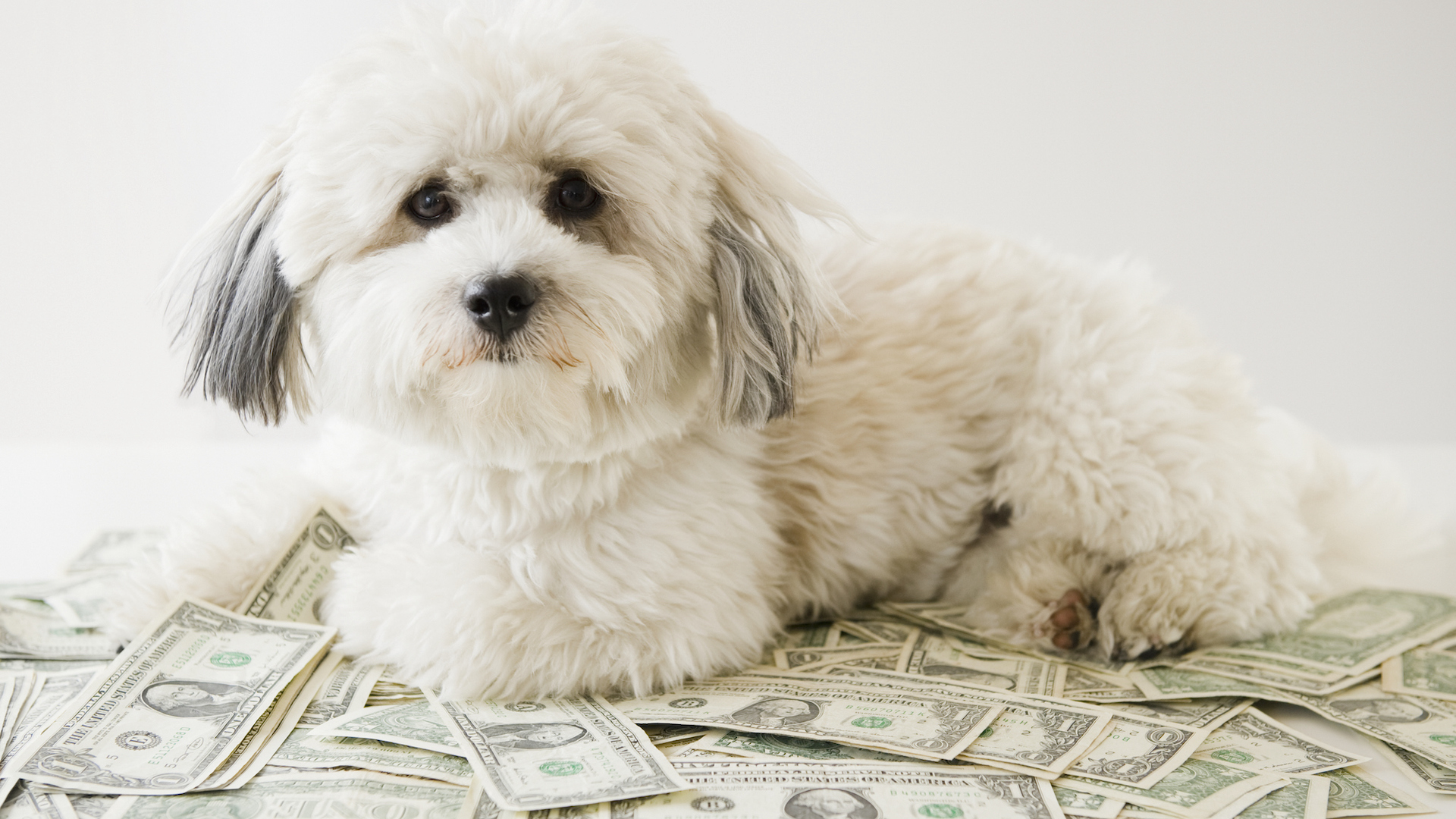
The price of a dog may seem steep, but it doesn’t end there. Ask yourself if you are financially prepared for the extra monthly outgoings involved in food, vaccinations, vet check-ups, insurance, accessories and more.
The American Kennel Club’s 2020 survey estimated that the average dog owner spent around $19,000 over their pooch’s lifetime. And that does not include the purchase price. Be realistic about your budget, and it may be that you have to cut out a luxury to be able to afford a dog.
4. Dog-proof your home
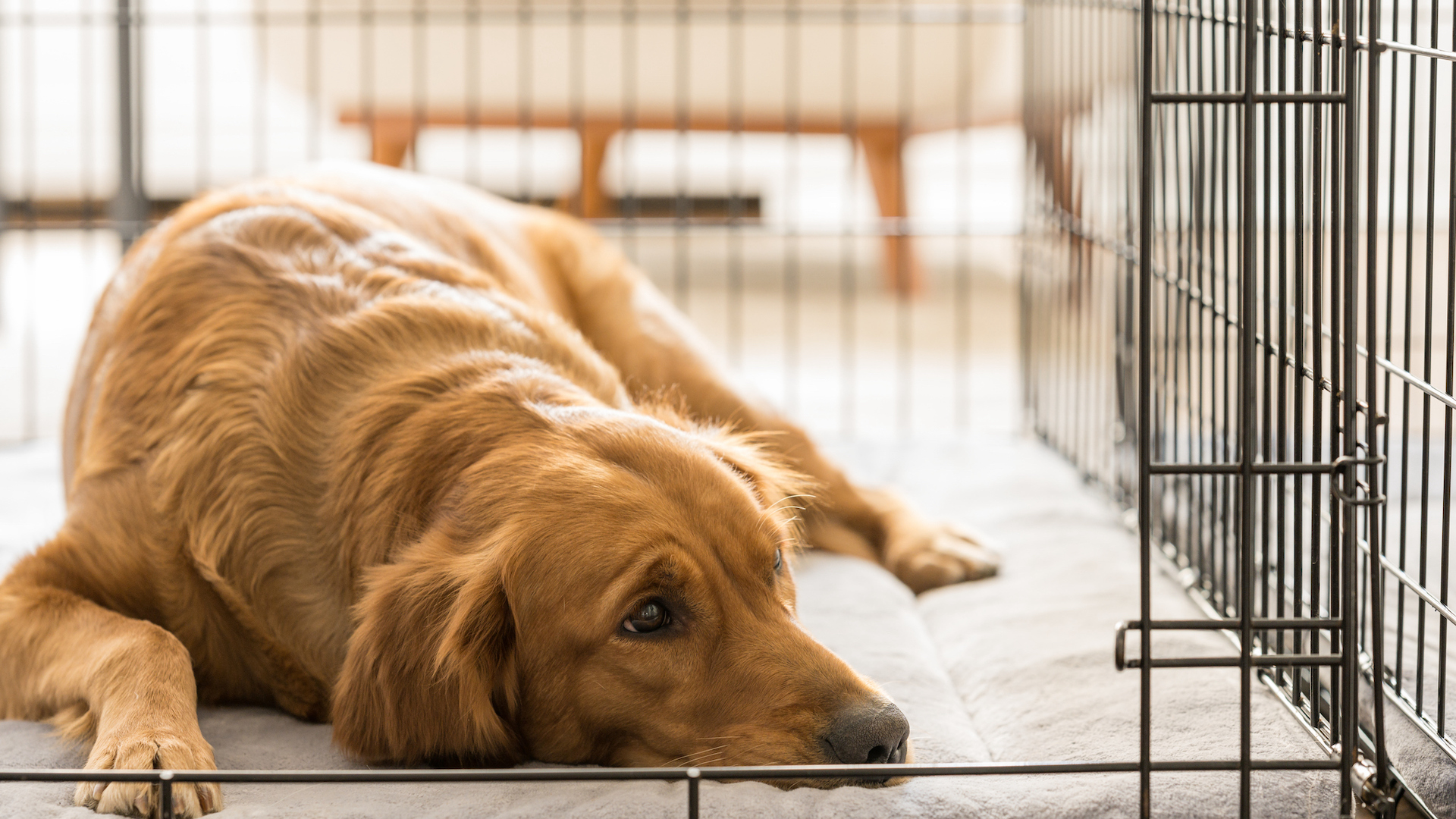
With pup incoming, you need to be well set-up before the paws set foot inside your hitherto pristine home. This includes covering up wires, installing stair-gates to prevent them accessing places they shouldn’t, a crate so that they have a safe place to retreat to and to use for training, lockable cupboards, and put toxic plants well out of reach or remove them altogether.
Here’s our guide on how to dog-proof your home.
5. Register with a vet
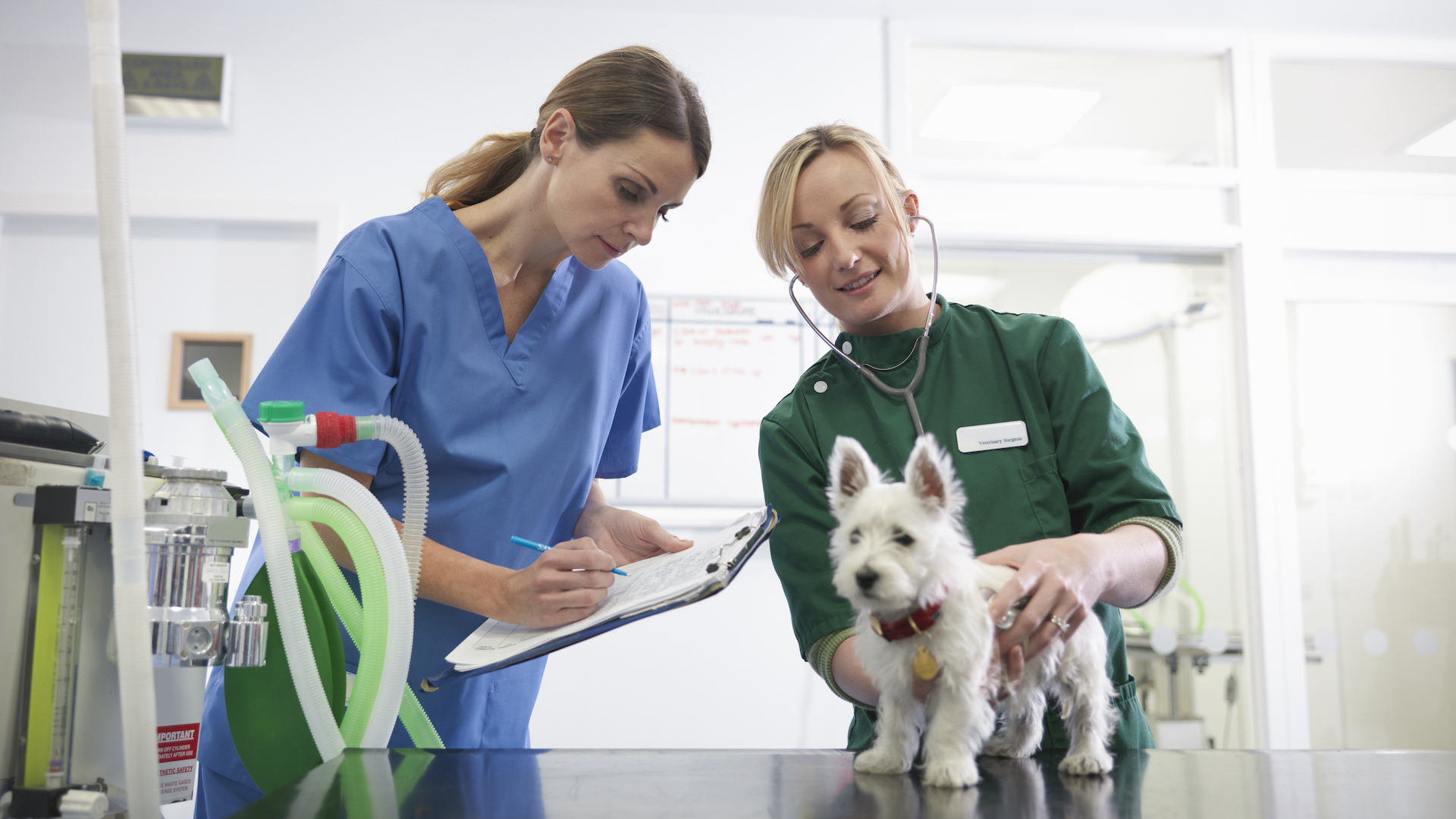
Ask around to find nearby veterinary practices that are highly recommended, and book in your pup’s first visit, vaccinations, parasite control and future check-ups.
6. Training skills
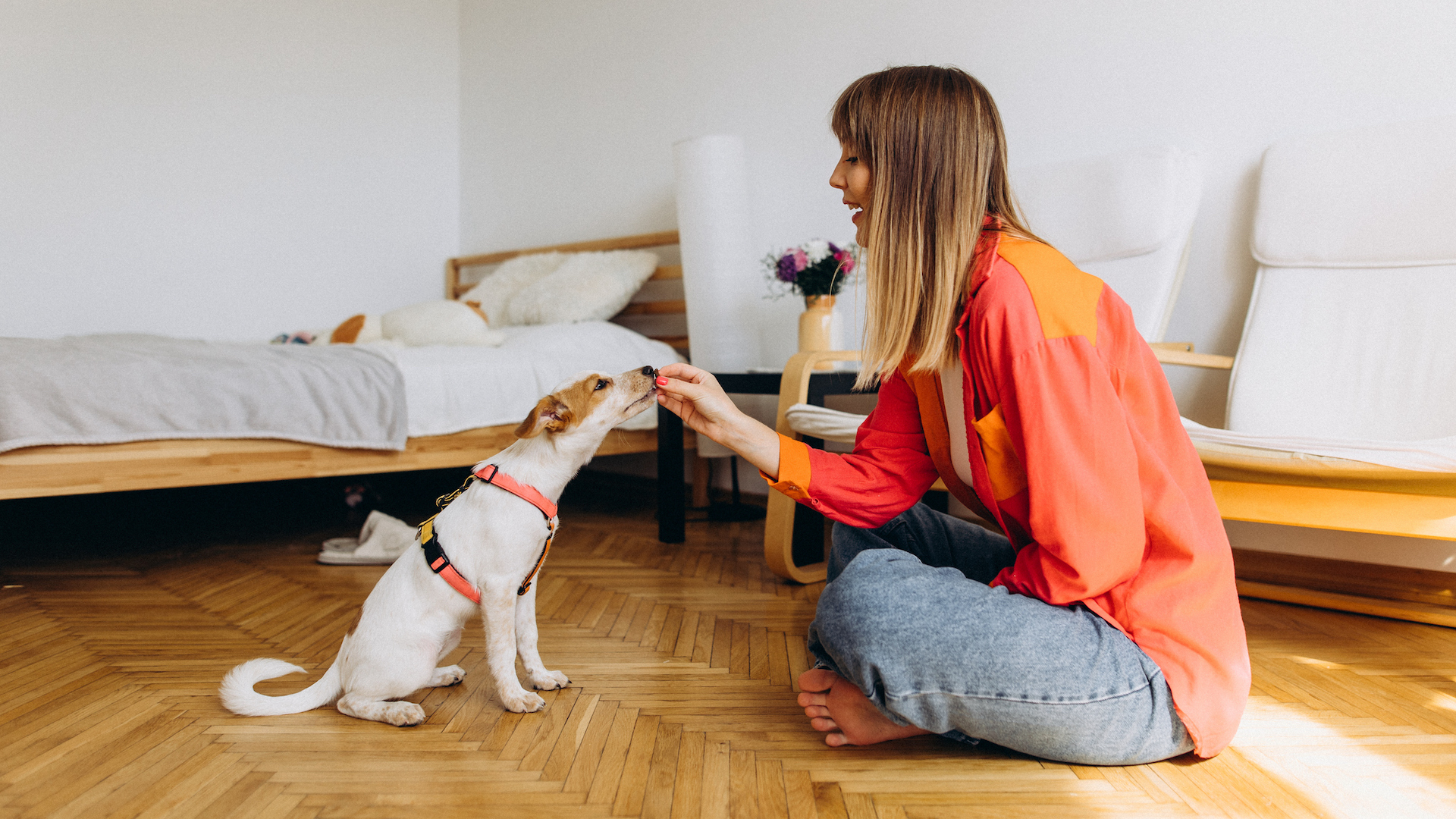
As this is the first dog you have ever owned, it’s wise to seek professional help to set you on your way with a training program. Trainers have different systems, so do some research to find out which method you like, and also which suits your breed – here's how to spot dog trainer red flags.
Once you've done that, get started – the earlier you start teaching basic commands, the sooner it will become second nature. You want to establish ground rules from the start or the puppy might wonder who is in charge!
7. Socialization classes
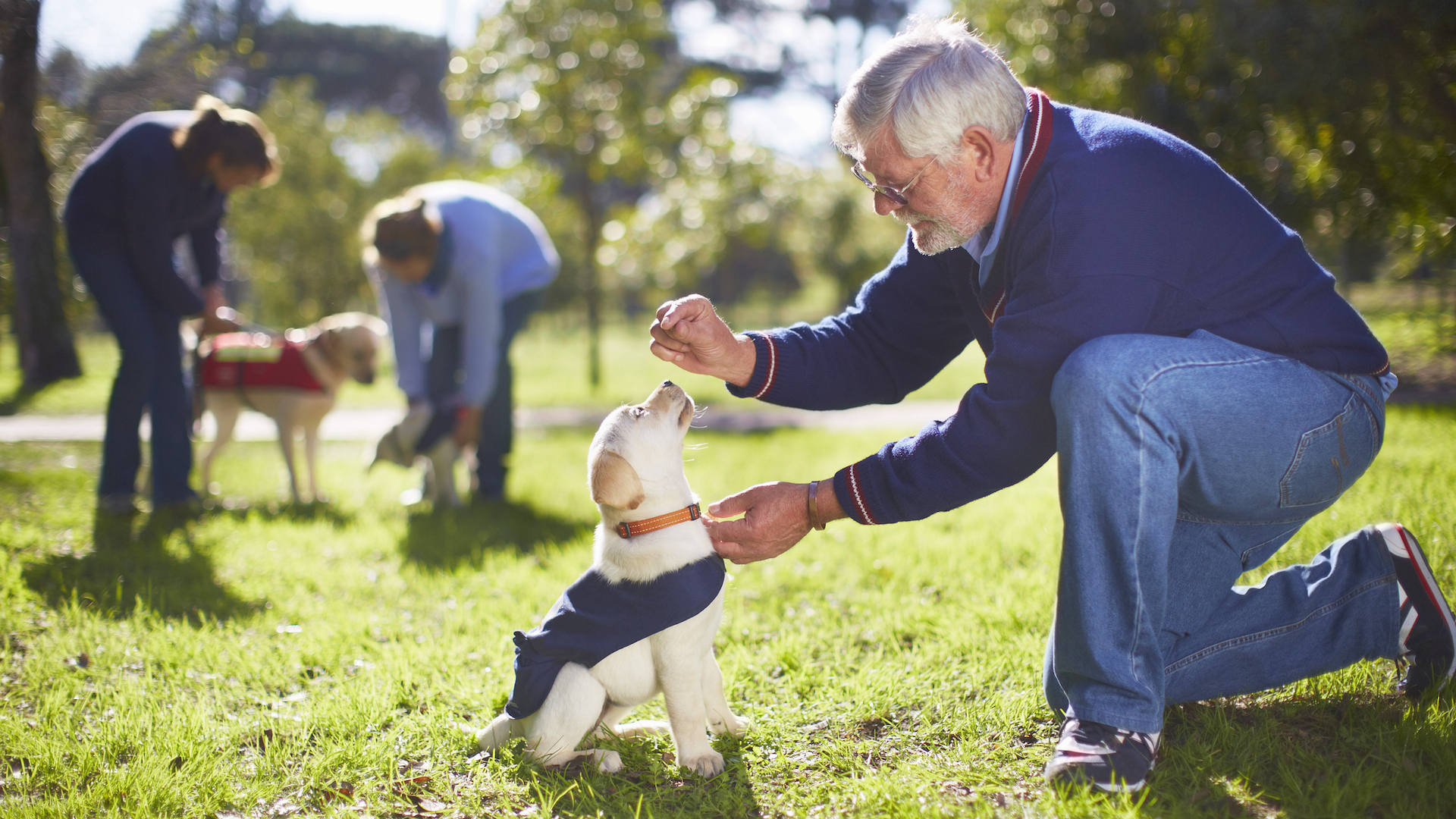
Take your dog to puppy classes as soon as he is old enough, so that he learns how to behave around other dogs that aren’t his littermates. A trainer will guide you through appropriate behavior and you will learn how to teach your dog not to over-react, to be friendly but not over-exuberant. It’s so important that your dog is well-socialized and well-behaved around other dogs, or those walks to the park will become a nightmare.
8. Set up a support network

You need back-up! There will be times, especially in the early days when you can’t leave your puppy for more than an hour, when you need help. Enlist friends, family, neighbors – no one needs much of an invitation to come and cuddle a puppy – just to let you get out and do the grocery shop and other necessities. The puppy phase is short but very intense so make sure you don’t go it totally alone, the last thing you want is to end up with a dreaded case of the puppy blues.
And even when the pup grows up, there will be times when you need friends to pop in and let the dog out, or to walk him – get a network in place that will last.
9. Tap into doggy communities
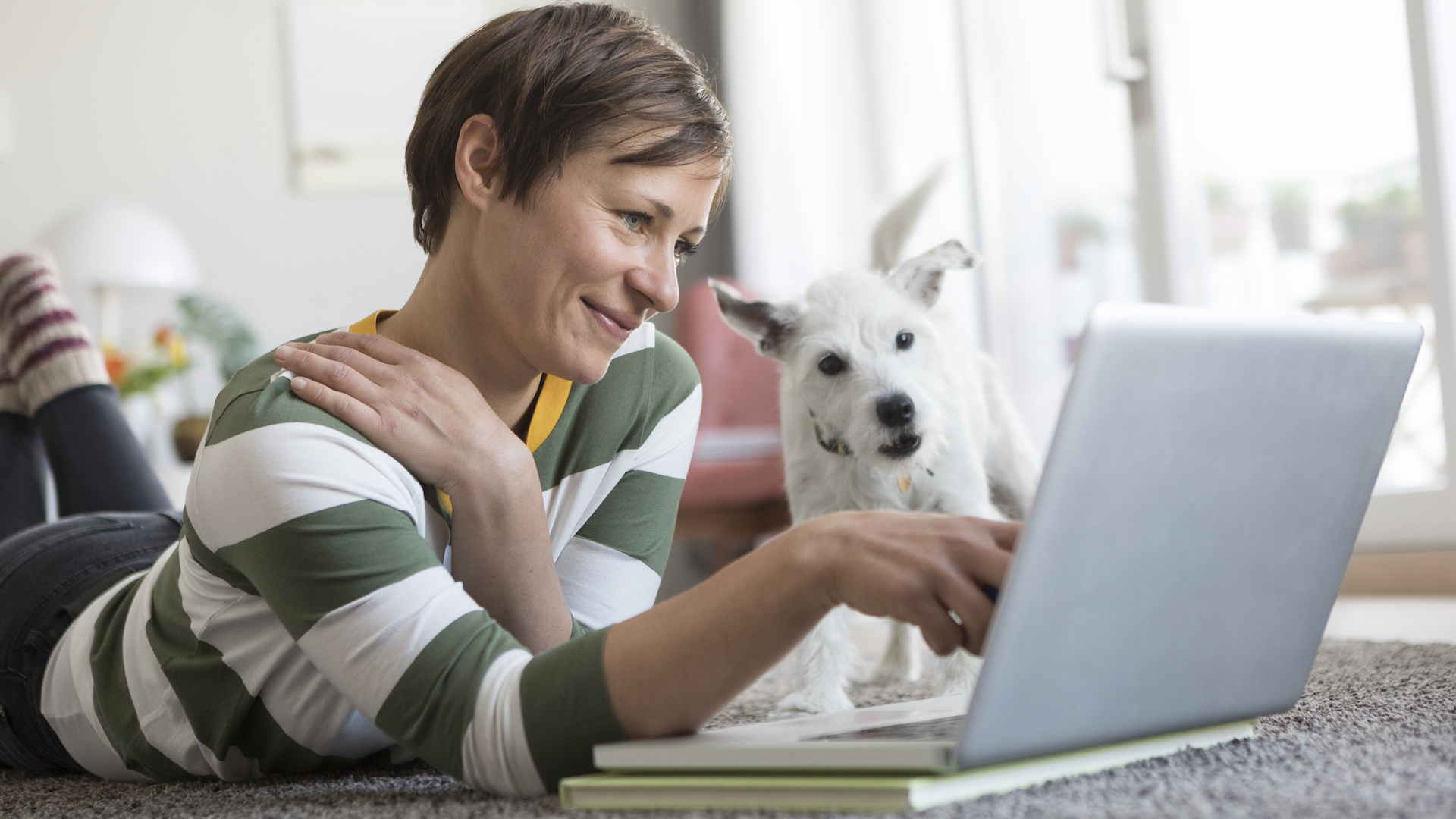
Online communities abound full of like-minded dog owners wanting the best for their pup. You might be interested in raw feeding, or dog agility, or are concerned about aspects of your dog’s health. There are plenty of forums where people freely share advice, good stories and happy photos of their beloved pooches. Join in!
10. Feed well
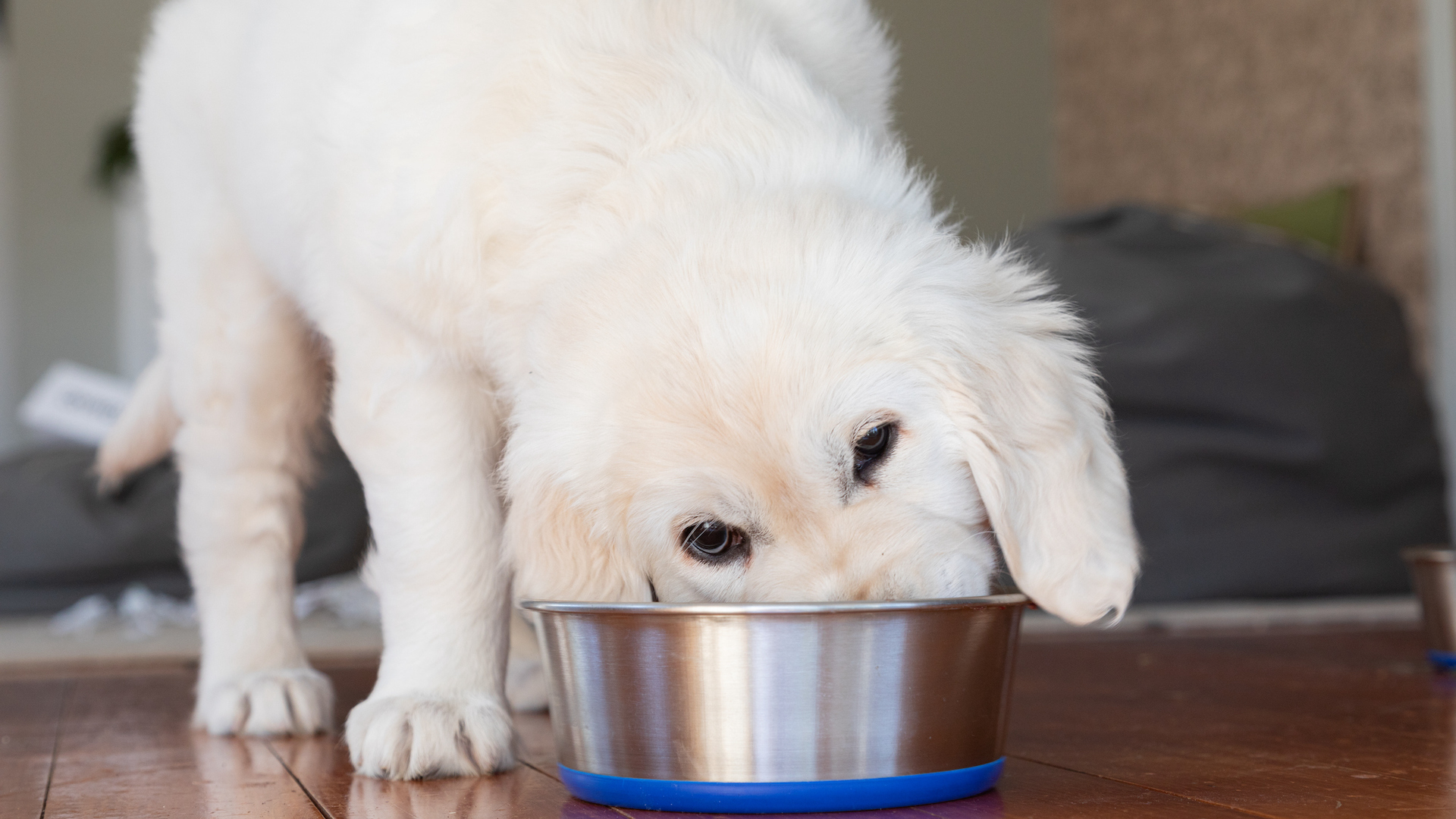
There are hundreds of food options out there, and as a first-time dog owner the choice is baffling. One easy decision to make is that if you have a puppy, he needs to eat puppy food until he is fully mature (around a year, but later for large breeds) – ideally specific to his breed size as they have different nutritional requirements.
Then you have the choice between dry, wet or raw. A lot of it comes down to personal circumstance and convenience, but always opt for the most natural food possible, with no fillers or artificial ingredients. The most expensive food is not necessarily the best (chicken is cheaper than wild venison, but just as nutritious), but beware of low-budget options that may not be made of quality ingredients.
11. Prepare the wardrobe
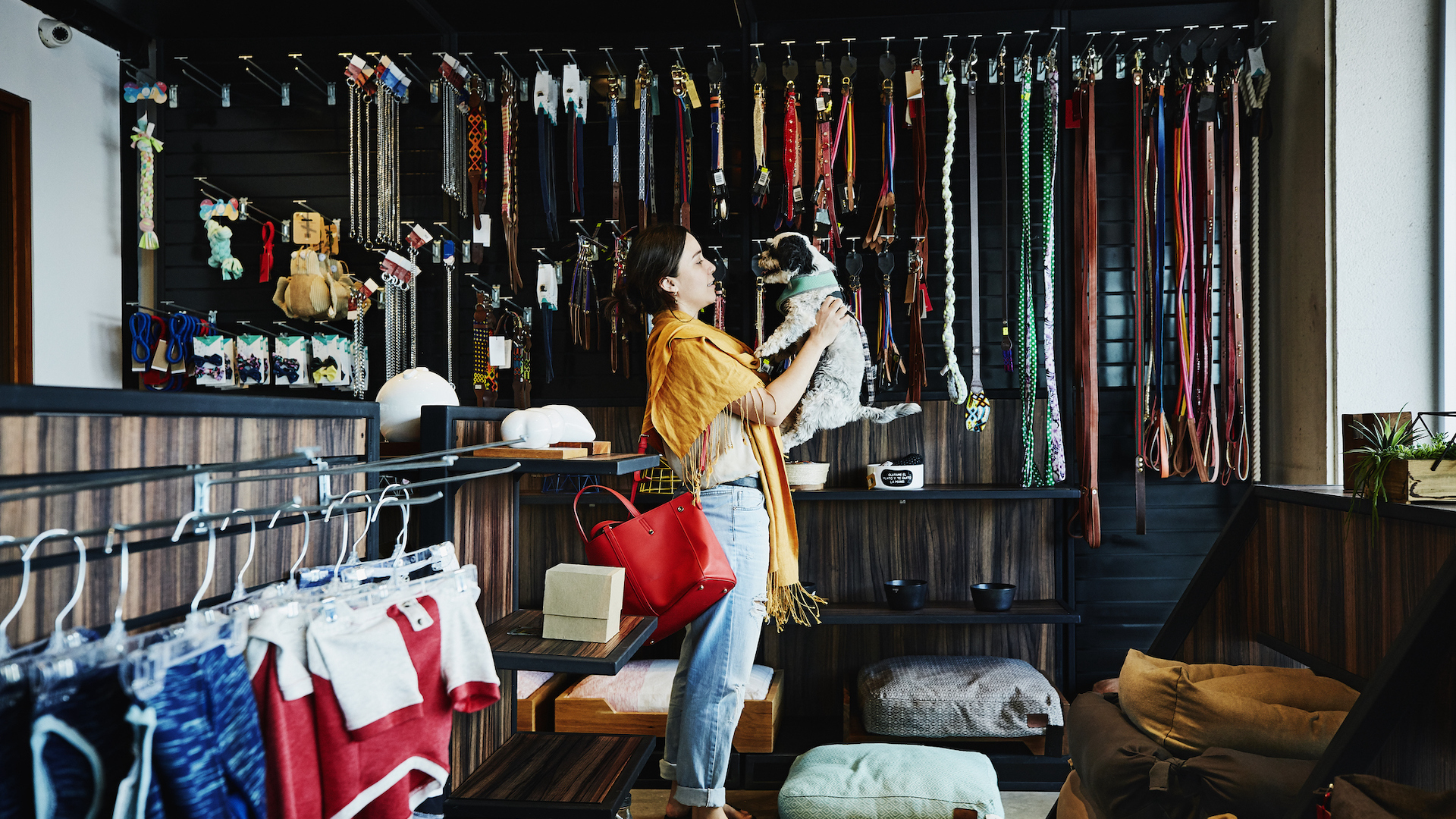
You’ll need to visit a pet store before the dog even arrives home. Here’s a quick checklist:
Leash, collar, ID tag, food and water bowls, dog bed, crate, poop bags, appropriate treats and toys (puppy-sized for puppies).
Food is an essential, but speak to the breeder/vendor to find out their current diet, as you will need to gradually transfer to any new food over about a week so as not to cause digestive upsets.
12. Softly, softly
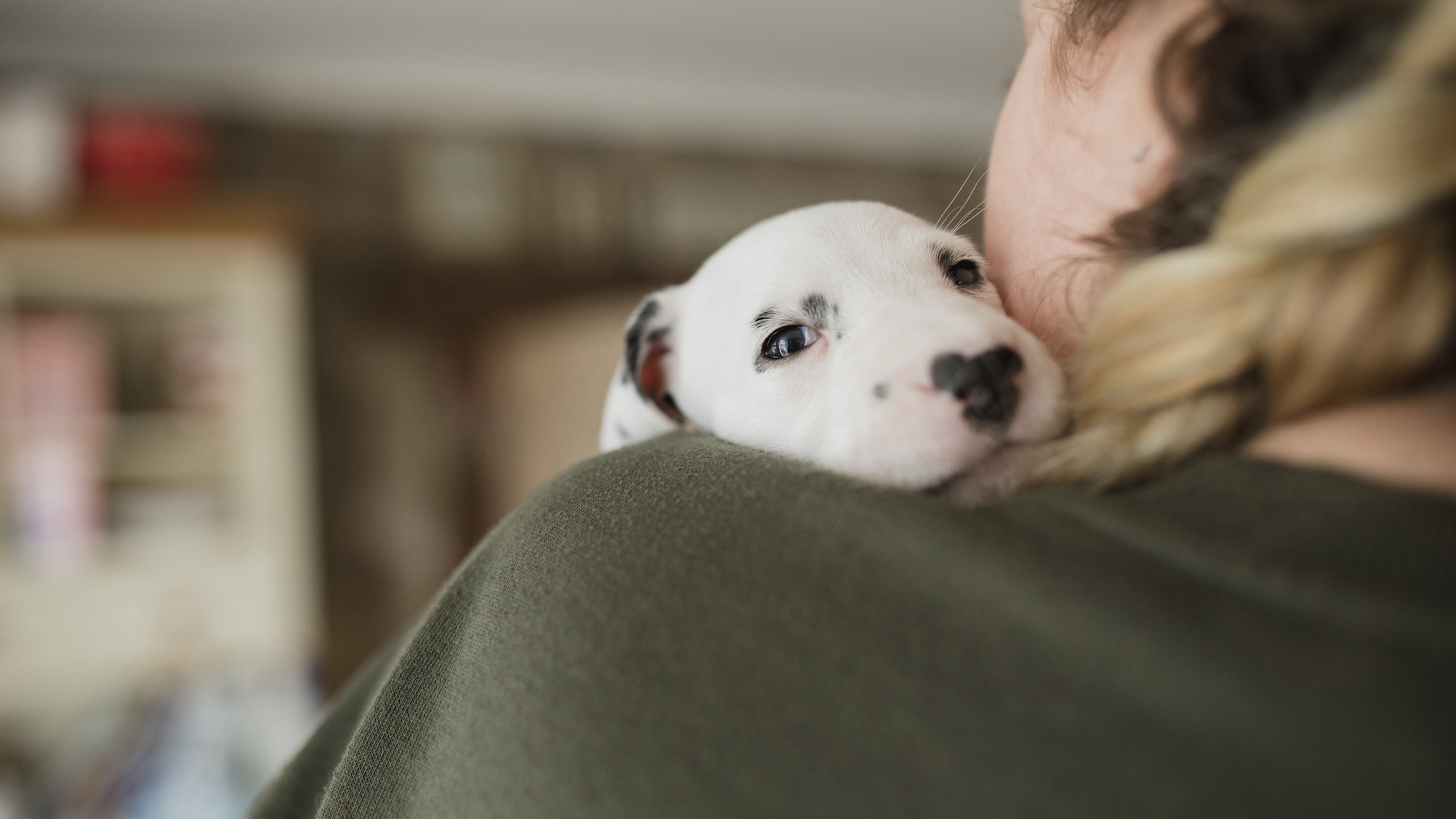
When the bundle of fluff finally arrives you may be tempted to smother him with affection, but this constant attention can be overwhelming. Whatever his situation – whether he’s leaving his litter for the first time, or he’s being adopted from a rescue shelter – he is likely to find his new home a little overwhelming, even scary.
Let him explore, show him where to go to the bathroom, where he can sleep, give him time and plenty of praise. And then give him some space and let him rest. It is tiring being a little dog.
13. Timing the arrival
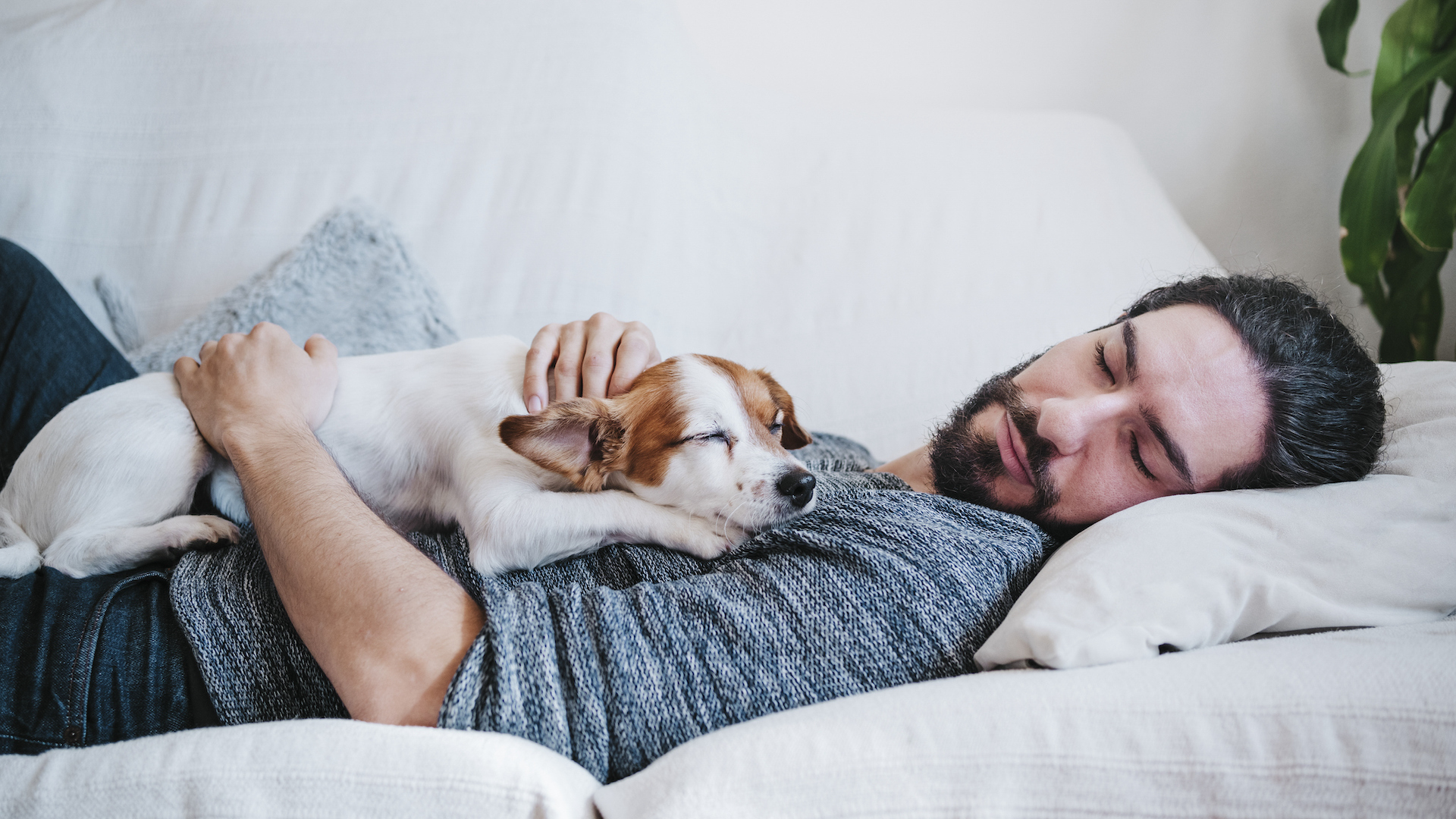
Plan to pick up your new dog at the weekend or when you have a couple of days off, so that you can help him settle into his new home, and be there for him with no stress whenever he needs. He will take time to explore and settle, and likewise you will need time to get used to having a dog around. So make sure you have no other engagements and can just get to know each other.
14. Vaccinations
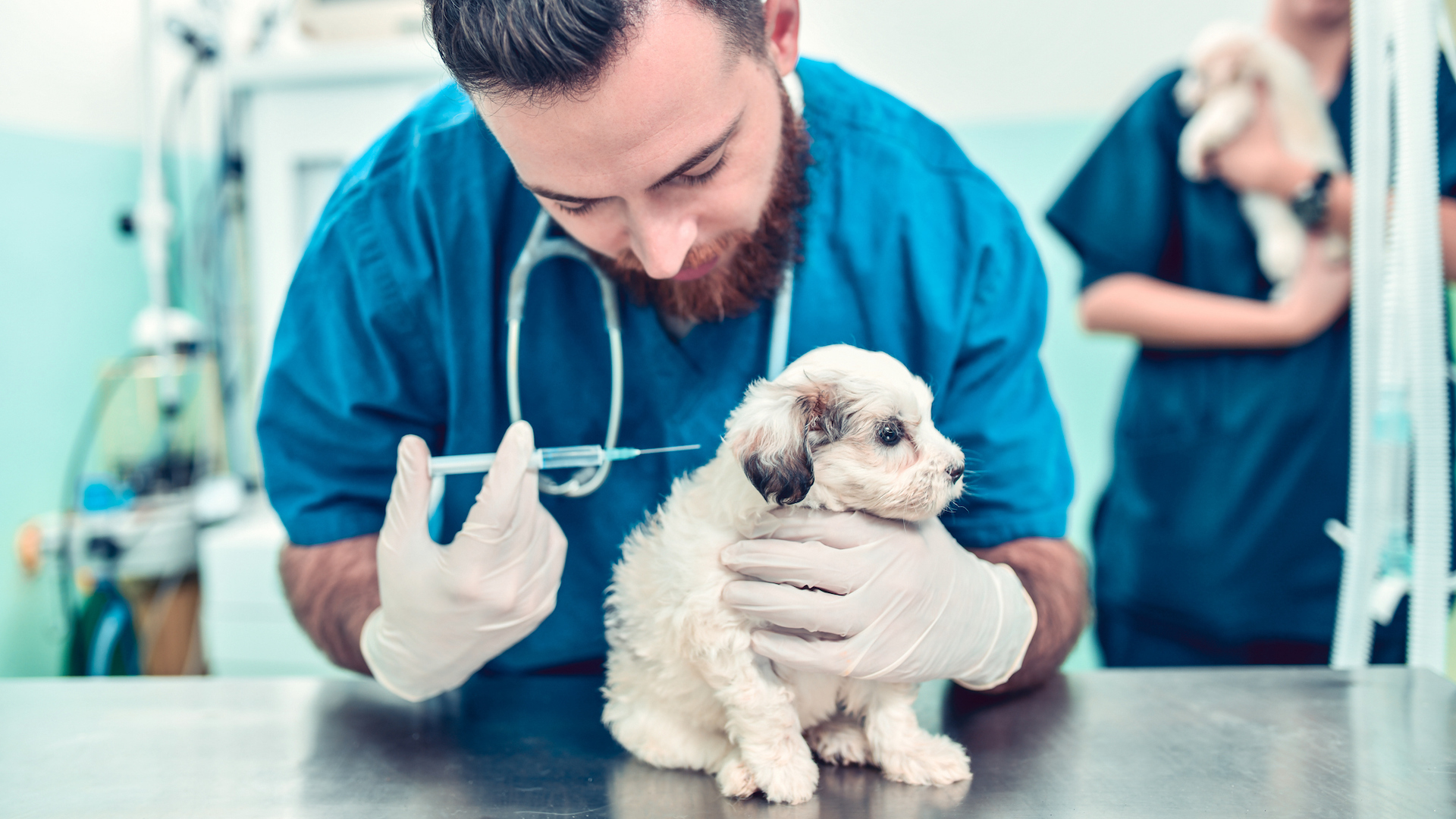
Your vet will advise on these, but suffice it to say these are vitally important to protect your dog from potentially life-threatening canine diseases. He is likely to have had initial vaccinations at his previous home. Some people choose not to vaccinate, but the benefits outweigh any small risks, and if you want to board your pet in kennels or home-stays an up-to-date record is nearly always mandatory.
15. Parasite control
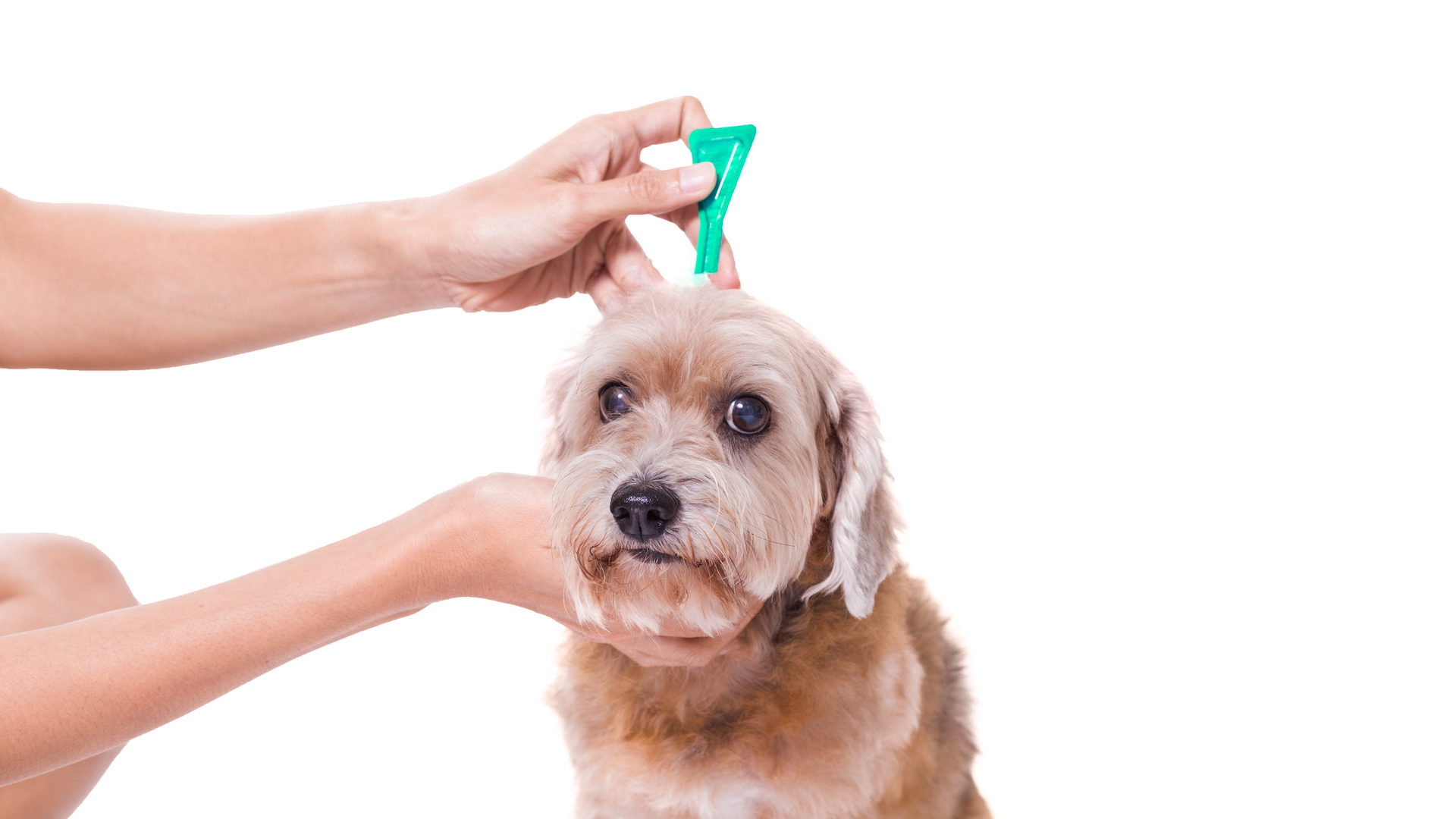
Some owners try to get away without administering preventative worm, tick and flea treatment, but if your dog suffers any of these infestations, the effects can range from irritating to fatal.
16. Establish who is boss
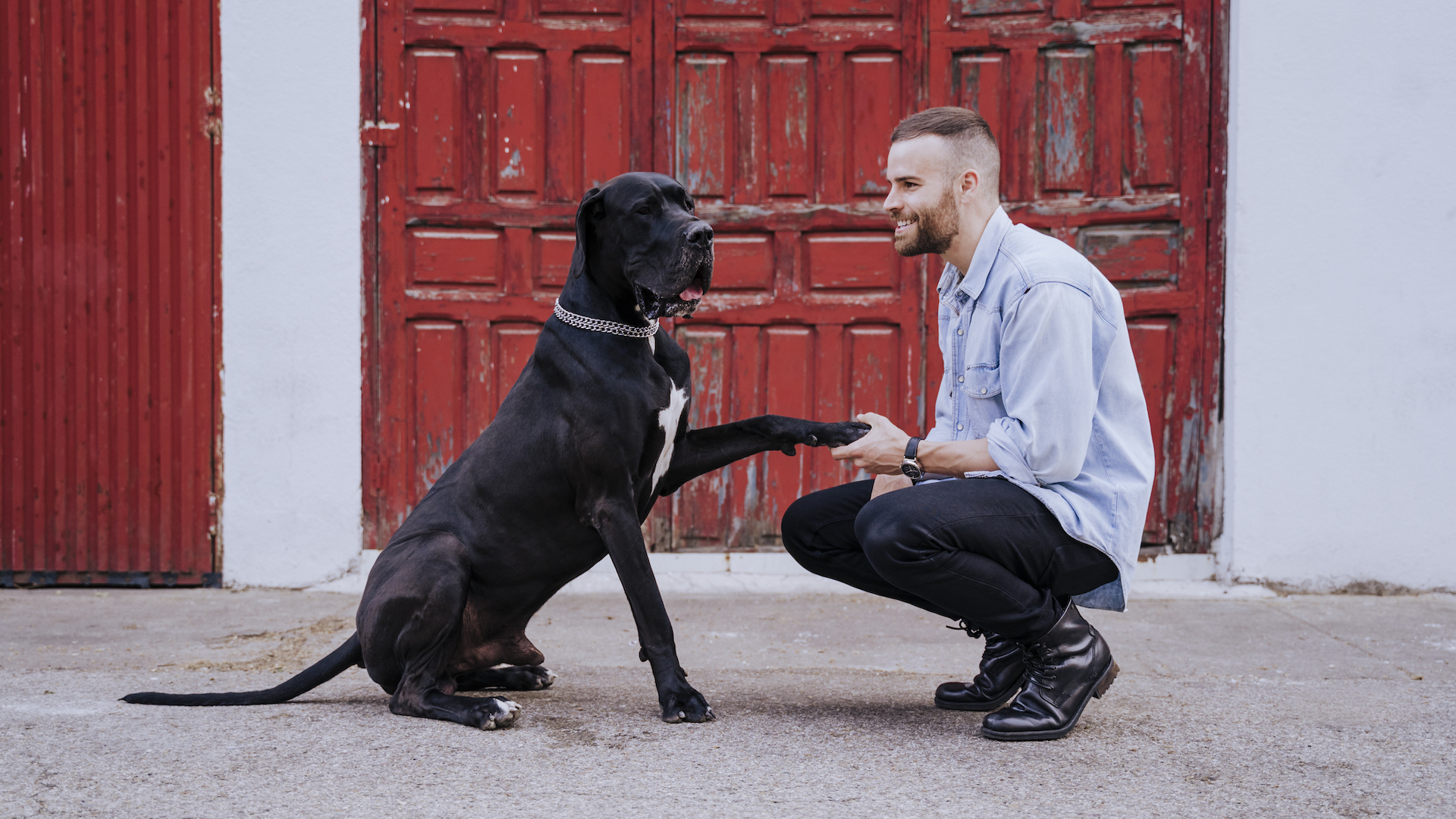
Dogs are pack animals, and you need to take the lead of your household’s pack, so that the dog knows his place and happily accepts your commands. A house where the dog rules is anarchic!
17. Reward good behavior
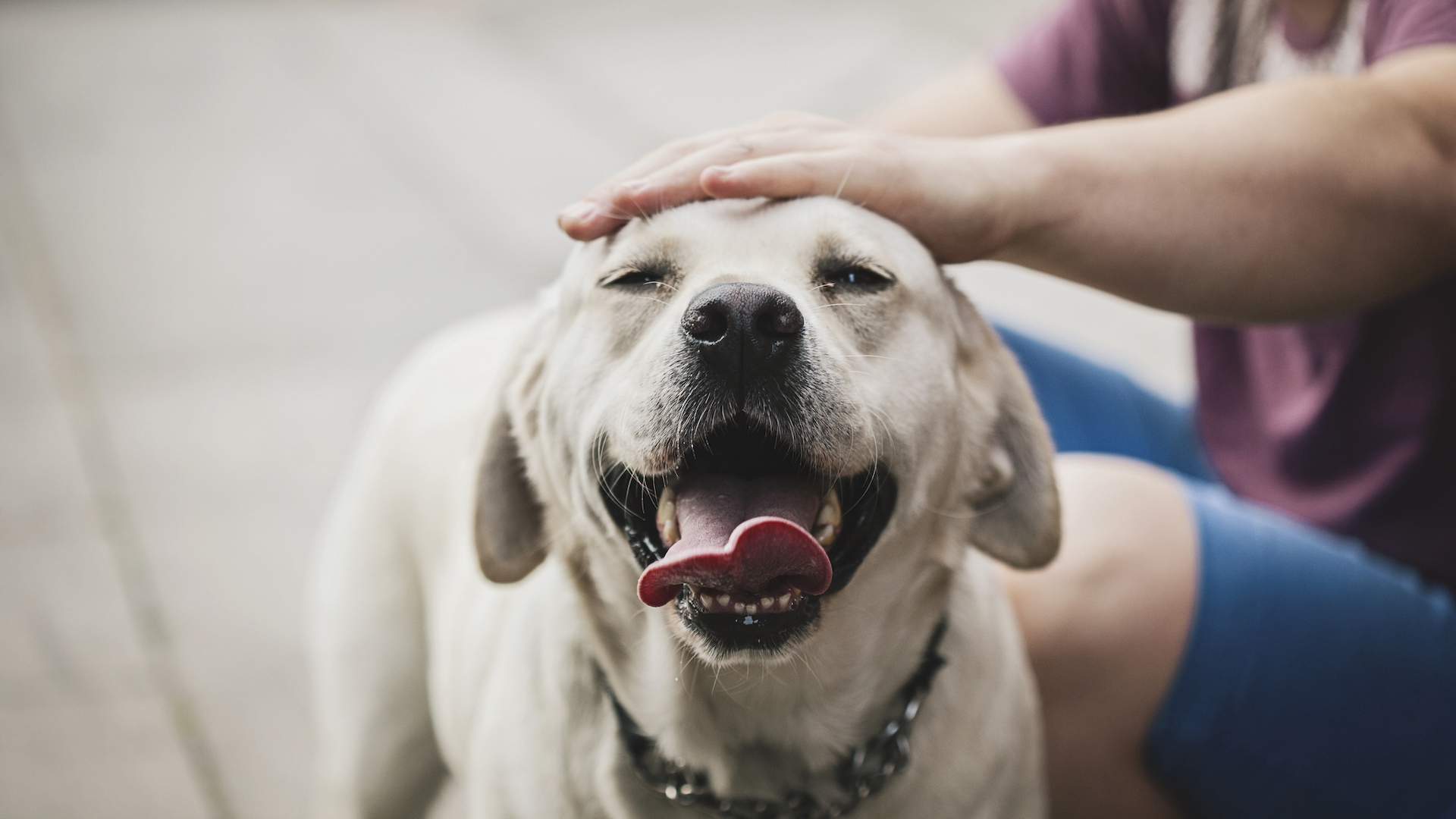
While your dog is learning, they will make mistakes all the time as they try to work out the right way to behave. When they do get it right, make a fuss and reward them. Some dogs respond better to a nutritious treat, others to verbal praise. The reward makes them more likely to repeat that good behavior, so use that positive reinforcement to help shape your dog’s training.
18. Consider spaying or neutering
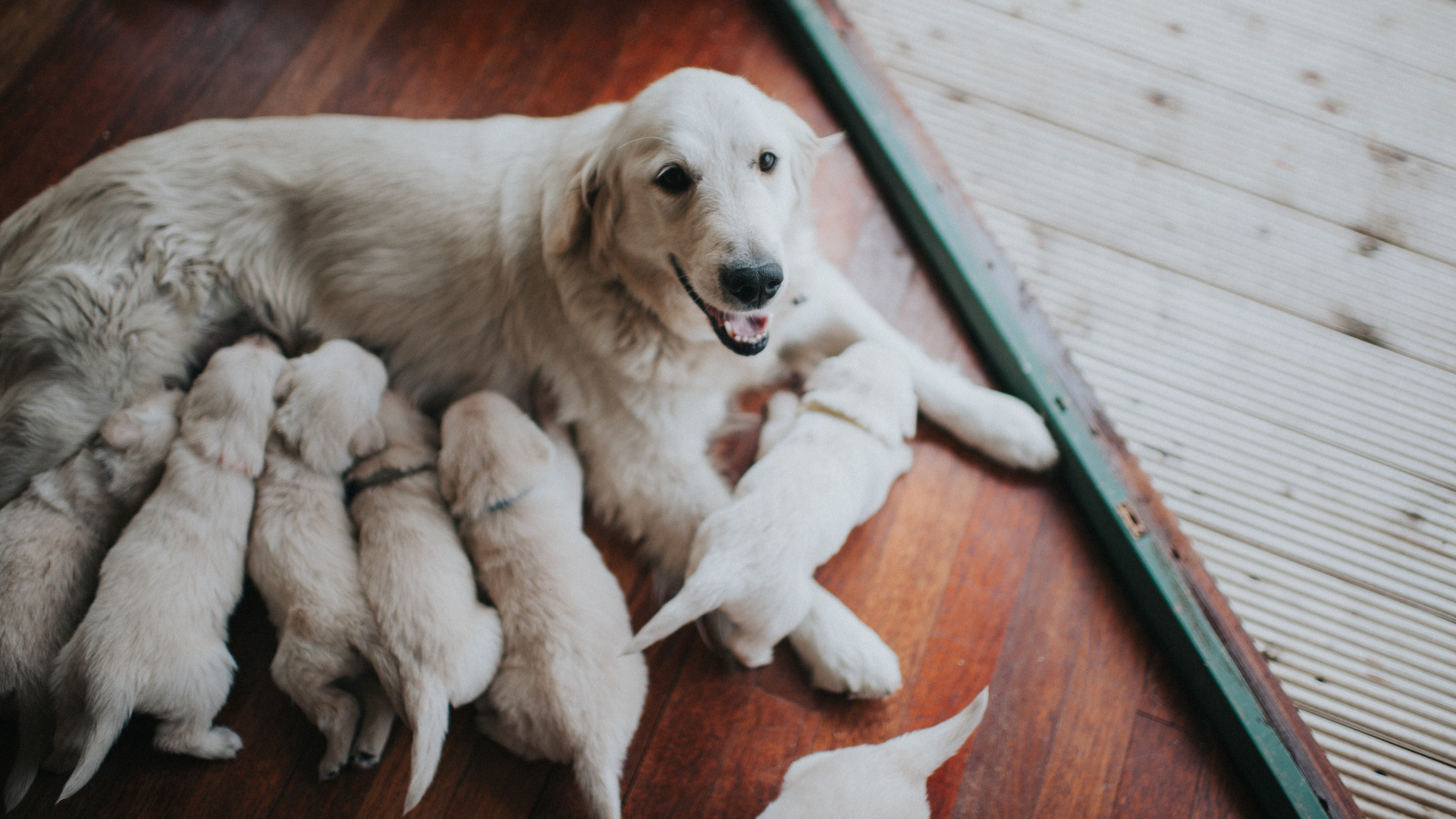
Many people elect not to spay or neuter as they want their dog to be able to have puppies and they don’t want the extra veterinary expense and recovery from surgery. However, there are many benefits to neutering, chiefly that dogs live longer.
The health benefits are significant. In males, neutering decreases the likelihood of developing prostate disease, hernias and testicular cancer. In females, it decreases the incidence of breast cancer, potentially fatal uterus infections and eliminates issues with the heat cycle – plus you don’t have messy blood spots on the floor.
Spayed and neutered animals are less likely to head off to look for a mate, meaning they are less likely to go missing or be involved in a traffic accident. Spayed females will not attract dogs in the same way as they would when on heat.
It also helps reduce territorial and sexual aggression, and inappropriate peeing in males.
19. Get to know your dog
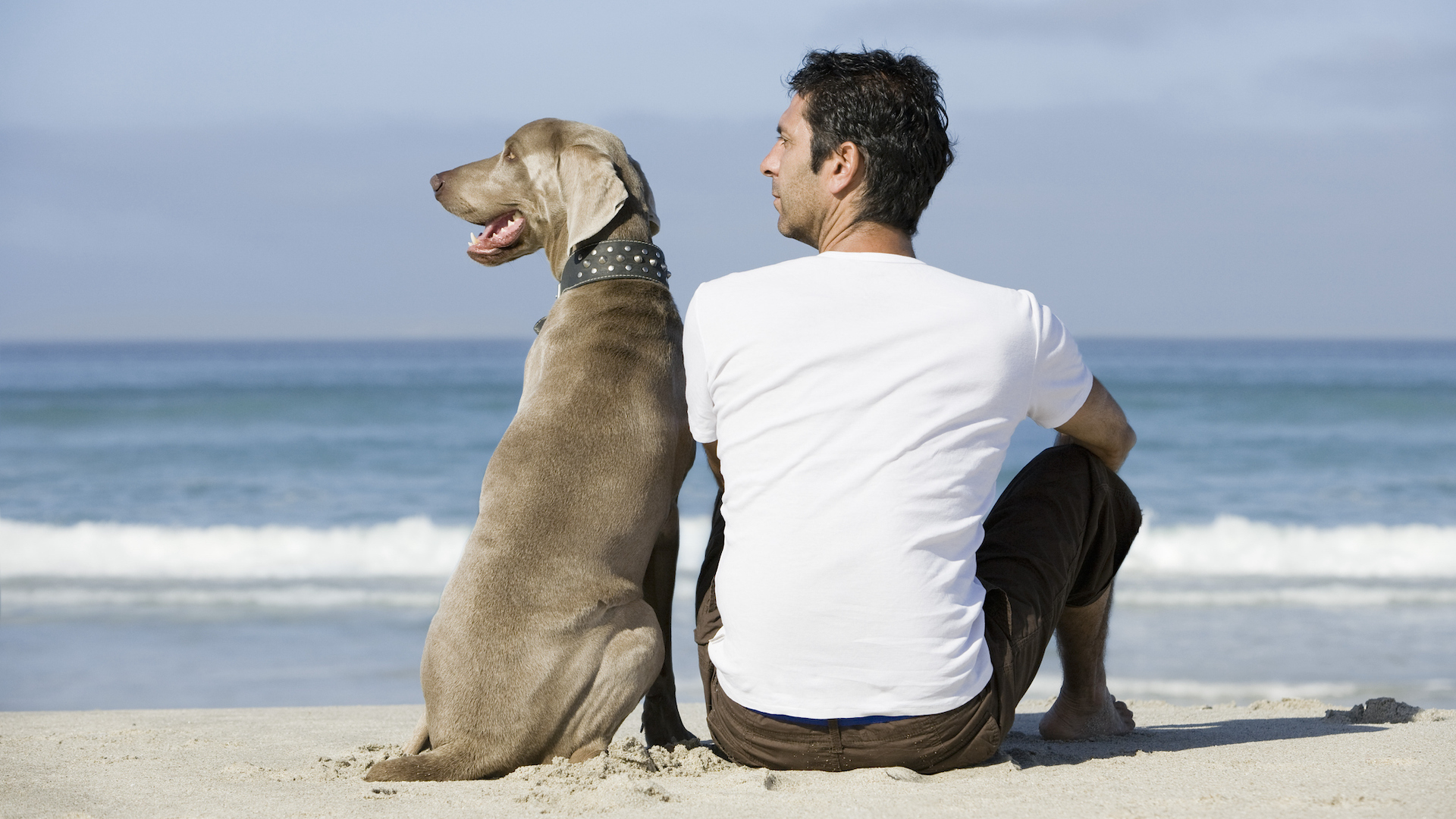
Do as much research before your dog comes home to find out what sort of characteristics are common to its breed. For example, certain breeds are more excitable, others are happy to sit on your lap, so don’t let that be a surprise. Some breeds bark a lot, some not at all – if you’re prepared for this it will be less of a shock when you hear it.
If you can, try to meet the dog and his mother a couple of times. Ask the breeder plenty of questions about likes and dislikes so that you can help the new arrival settle in quickly.
20. Set boundaries
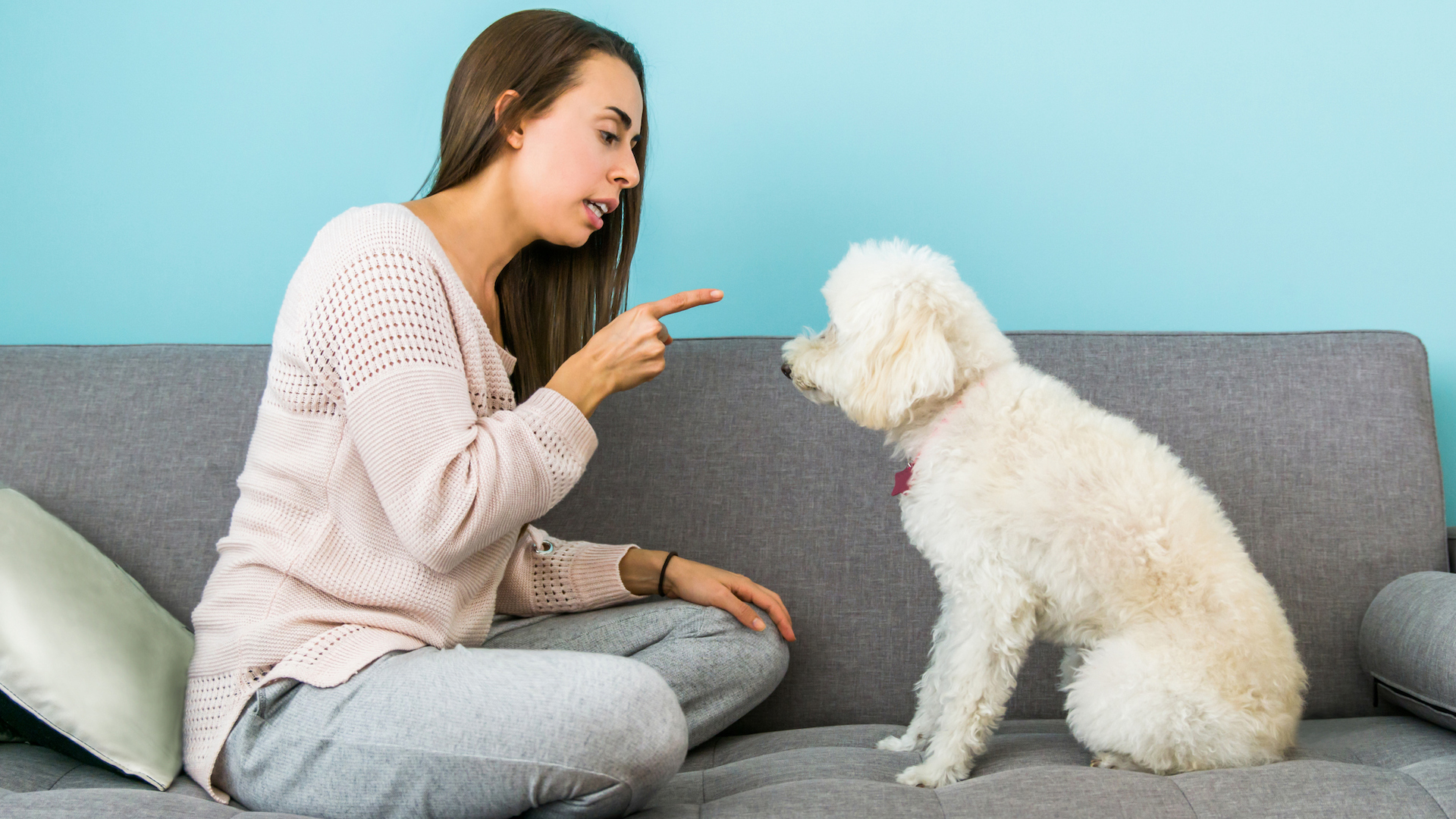
You decide what is acceptable and what is not in your home, just as you would with your children. If you do not set consistent boundaries right from the start it is unfair on your new dog, as it does not understand what is required, what is OK and what is not. If the dog is not allowed up the stairs or on the couch, or to jump up, then you must gently but firmly correct the behavior, every time, from the outset.
21. Be consistent
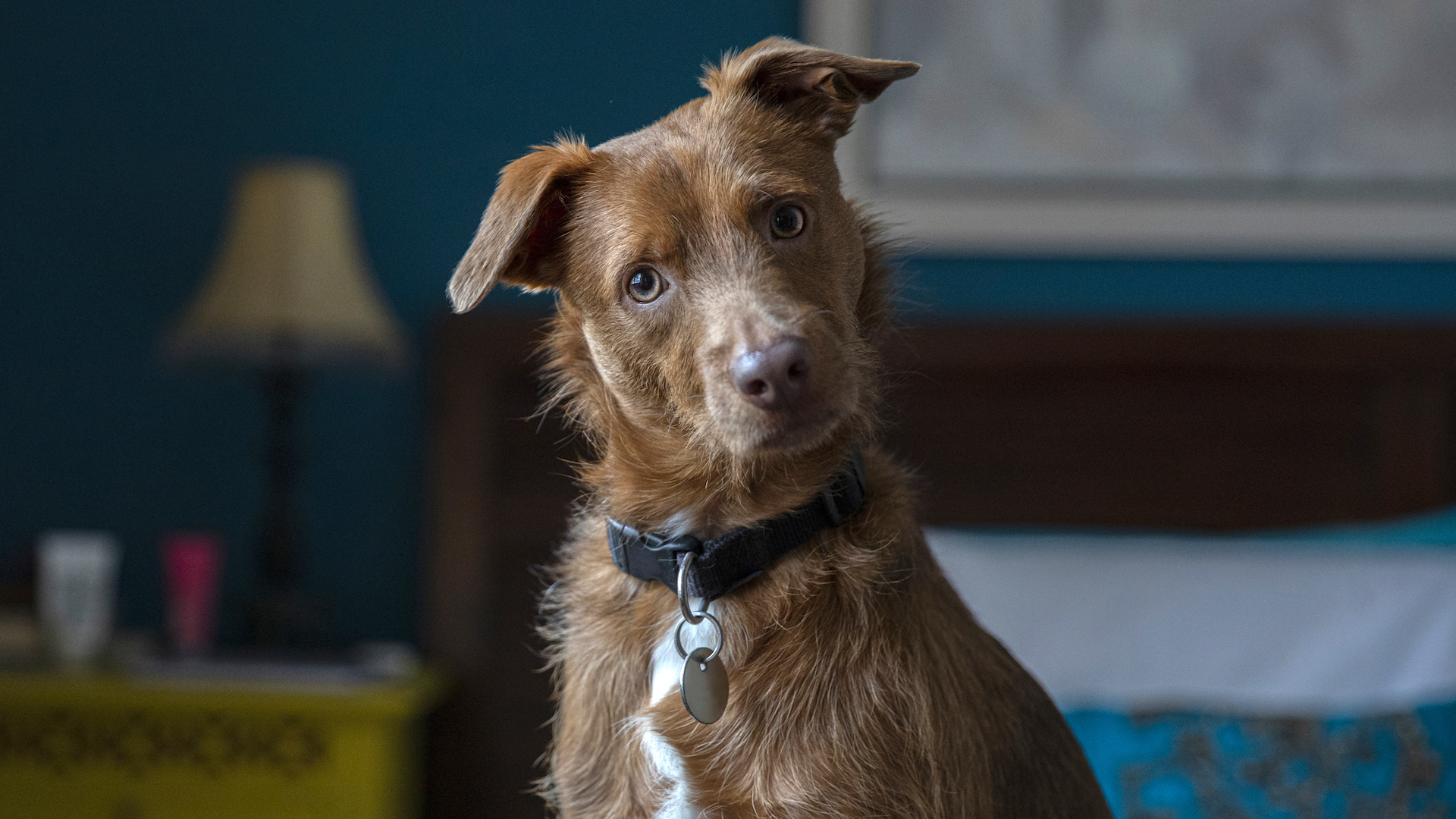
Dogs do not understand a lot of what we say (though with training they can understand a range of verbal commands), they don’t get nuance or jokes, so structure and routine are vital. We must be really consistent with our behavior, our training and our boundaries. We cannot allow them on to the couch one day, and then reprimand them the next just because granny has come to visit – how are they to know what’s acceptable and when?
22. Keep your dog on the leash
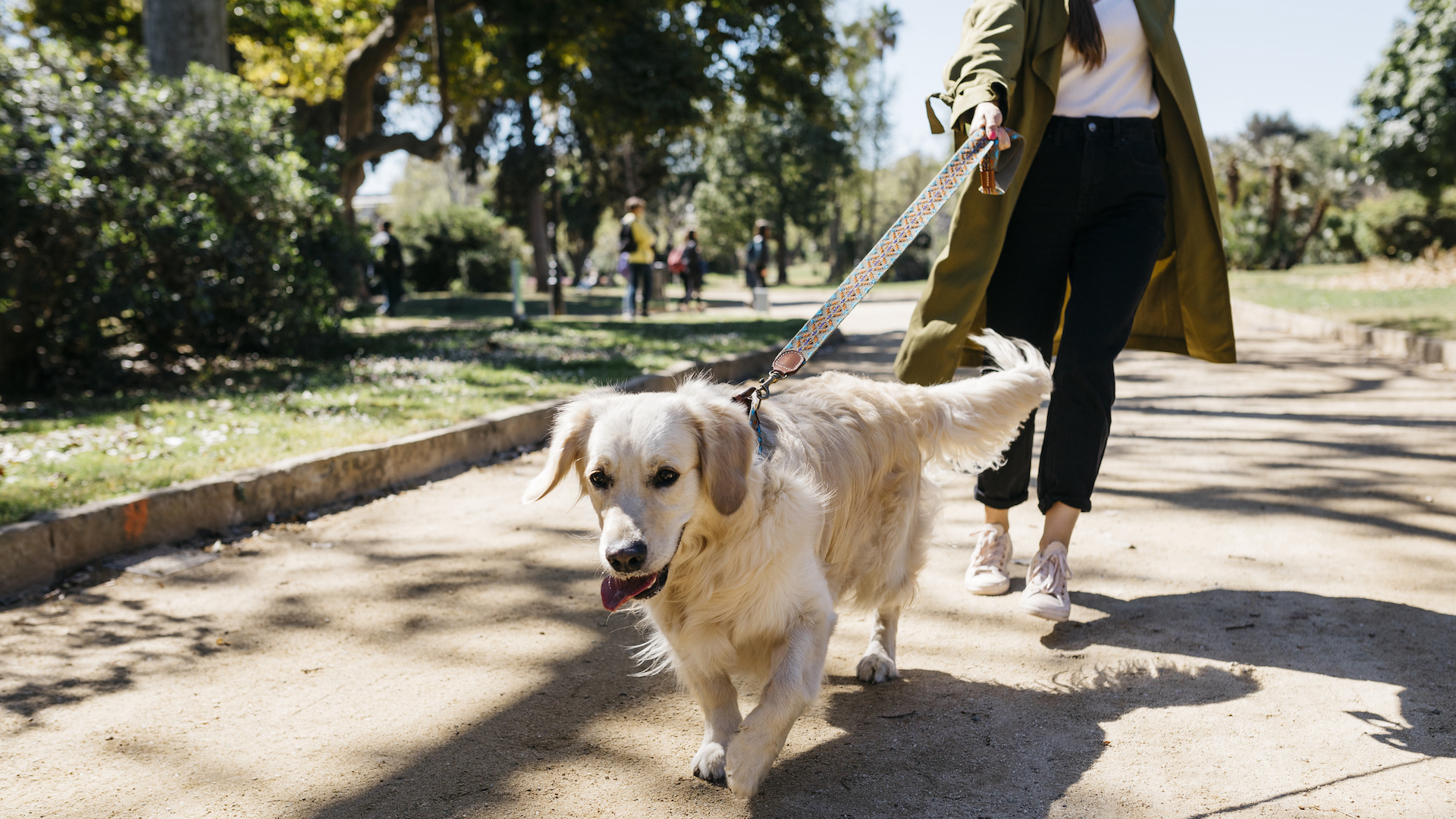
Until you have absolute confidence that your dog will return when you call him, do not let him off the leash unless you are in an enclosed space – or you may have no dog at all. In many public spaces it is not permitted to let your dog off the leash anyway, but in areas where you can, you need to have nailed the recall command before testing it out in the open. Remember that distractions away from home are one of the most commons reasons why your dog's recall isn't reliable as they greatly affect their ability to listen.
23. Brush your dog’s teeth
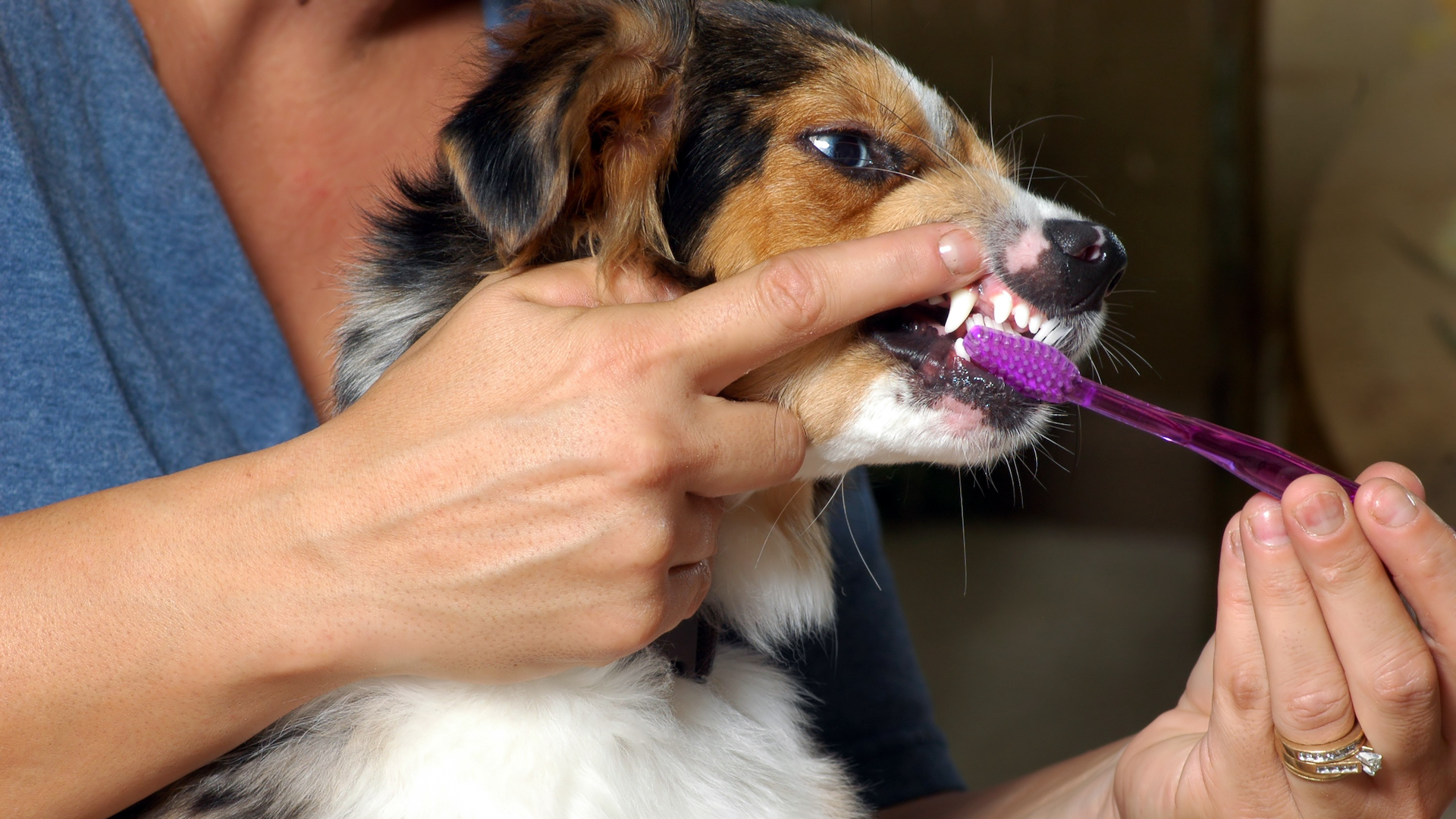
Did you know that canine teeth need regular brushing? The American Veterinary Medical Association estimates that 80% of dogs have canine periodontal disease by the age of three, and it’s partly because dog owners don’t realise they should be brushing their gnashers.
Armed with doggy toothpaste and a brush, you can learn how to brush a dog’s teeth and you'll want to do it daily if at all possible. You can also give him some of the best dental chews that help loosen plaque and prevent tartar build-up.
24. Clip your dog’s nails
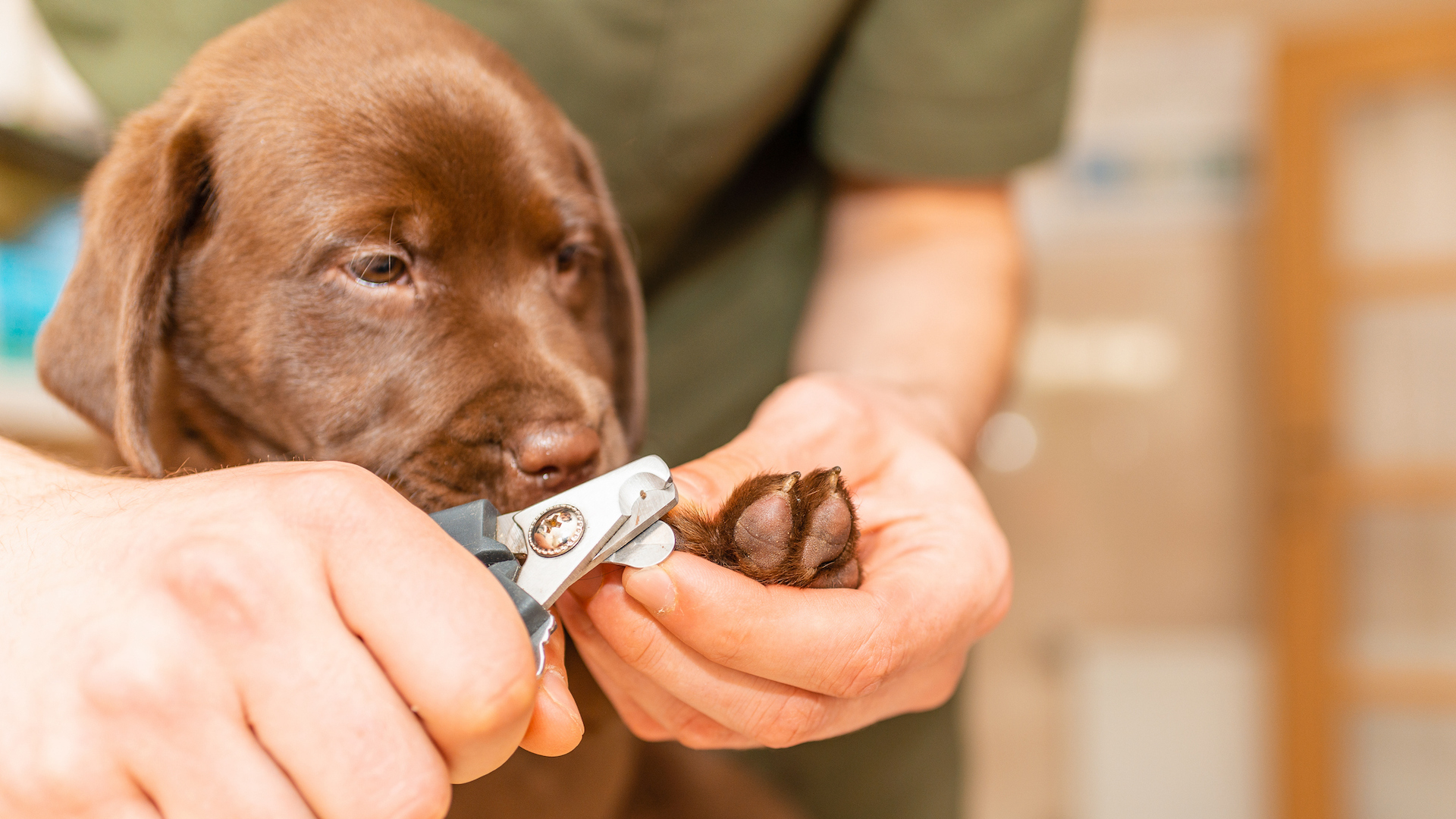
Dogs’ nails need clipping just like ours. If you allow them to become overgrown, long nails can put force on the feet and legs, leading to arthritis and pain. Untrimmed nails will eventually curve and dig into the skin under the dog’s paws.
You can get them trimmed at a dog salon or the vet, but it’s easy enough to learn how to cut dog’s nails safely at home.
25. Dealing with doggy odor
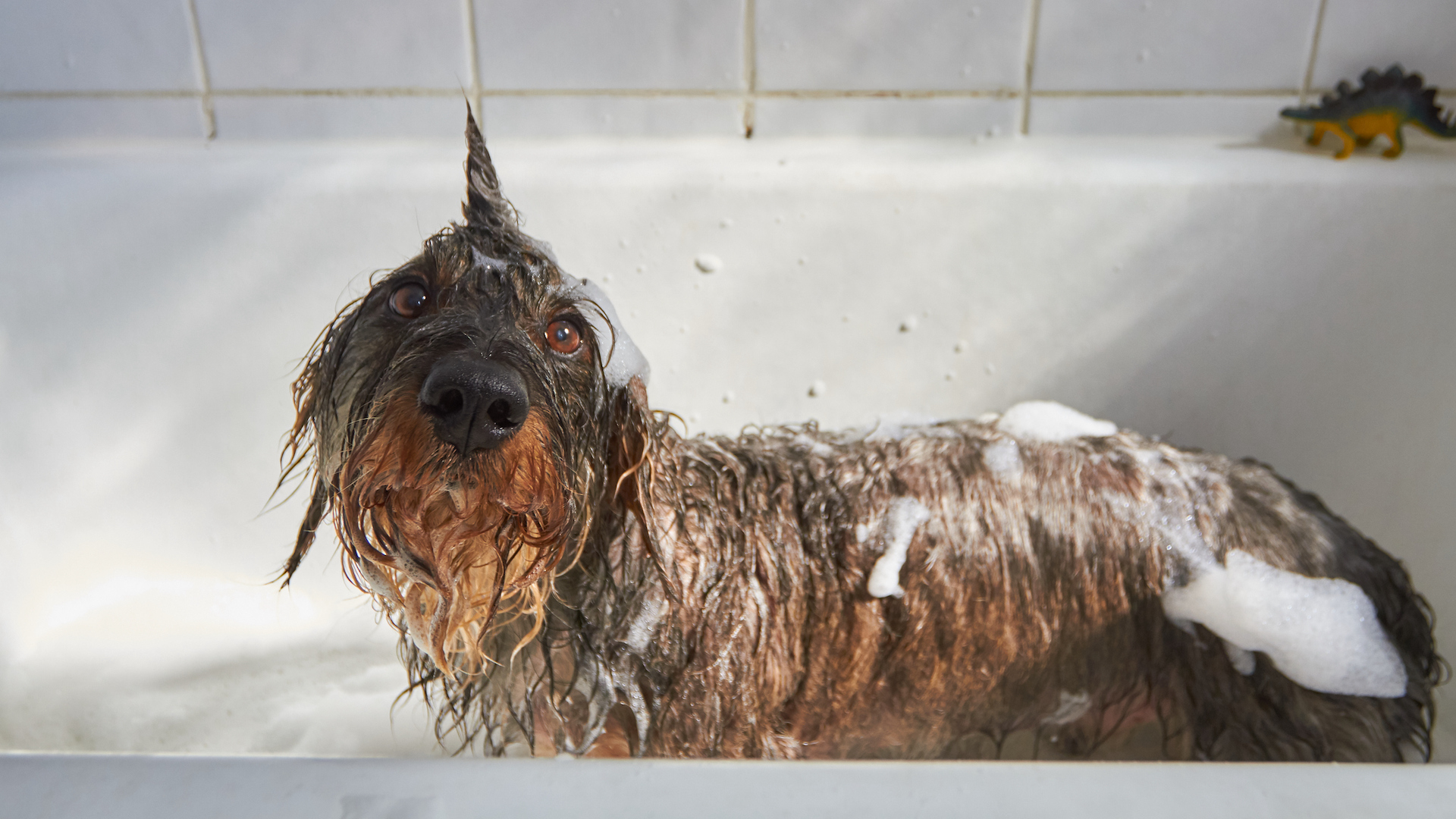
Dogs have a smell. They shed hair, dander, get muddy and roll in objectionable things. If you have never had a dog before, you won’t be accustomed to the permanent doggy odor hanging around your home. Alleviate matters by washing bedding and throws regularly, and giving your dog a bath every now and then or as often as required.
26. Keep on top of medical issues

Your dog should have regular check-ups, at least once a year, with the vet. They will listen to his heart and lungs and check for any lumps and bumps. But in the meanwhile, if there is anything concerning you about your pet, don’t hesitate to seek professional advice. Your dog cannot talk, so cannot tell you how he is feeling but his body language does that job instead. If he seems off-color, isn’t eating or is lethargic, seek medical advice.
27. Don’t feed him leftovers
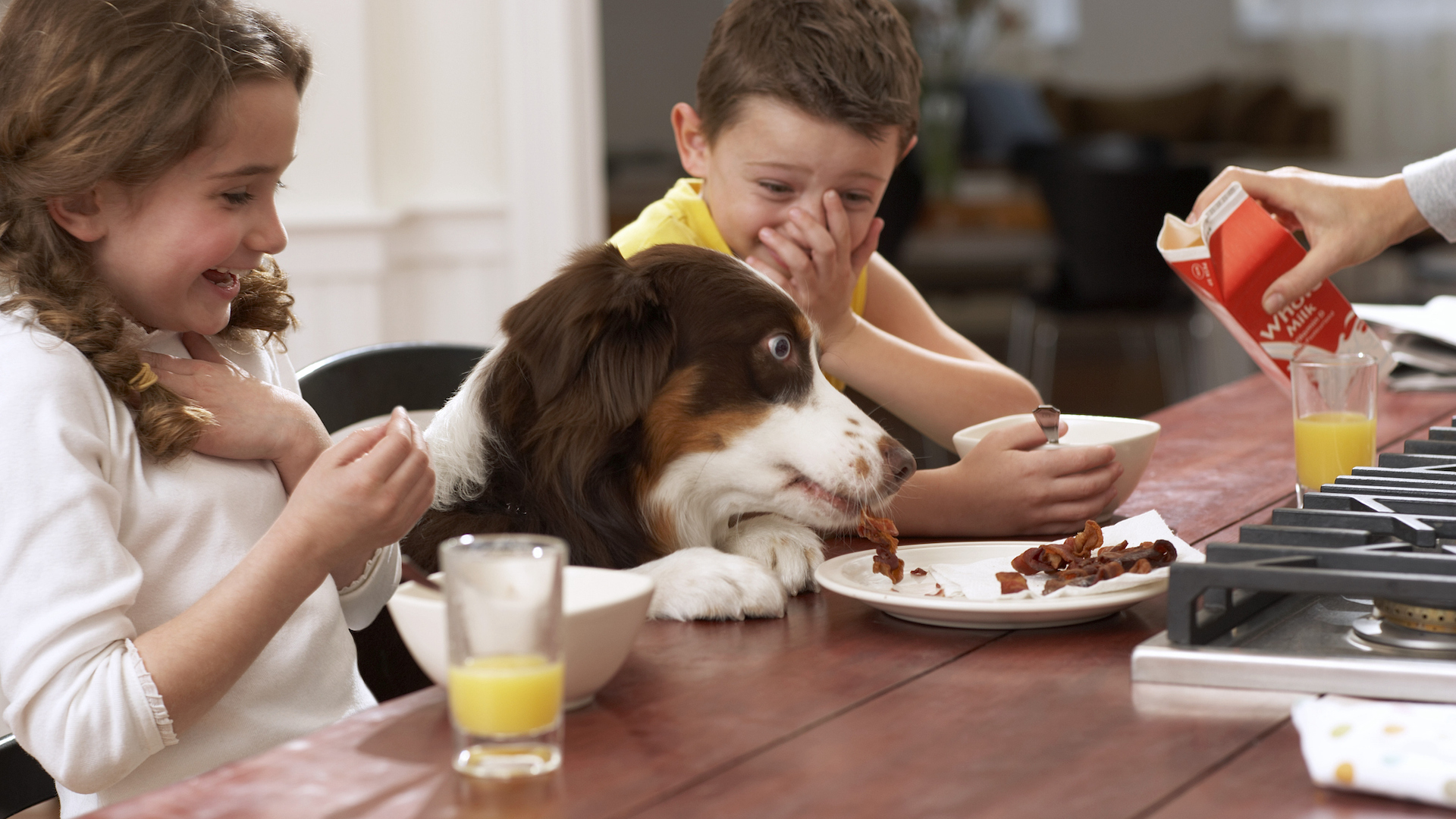
Your own lunch may be made with ingredients – such as onions – that are toxic to dogs. Even if the food is non-toxic, it may interfere with his digestive system as it’s not his usual diet – it may be too rich or just not appropriate for him. Don’t be tempted to save waste by giving him your leftovers, it may be more cruel than kind even if he is beseeching you with doggy eyes.
28. Learn about poisonous foods
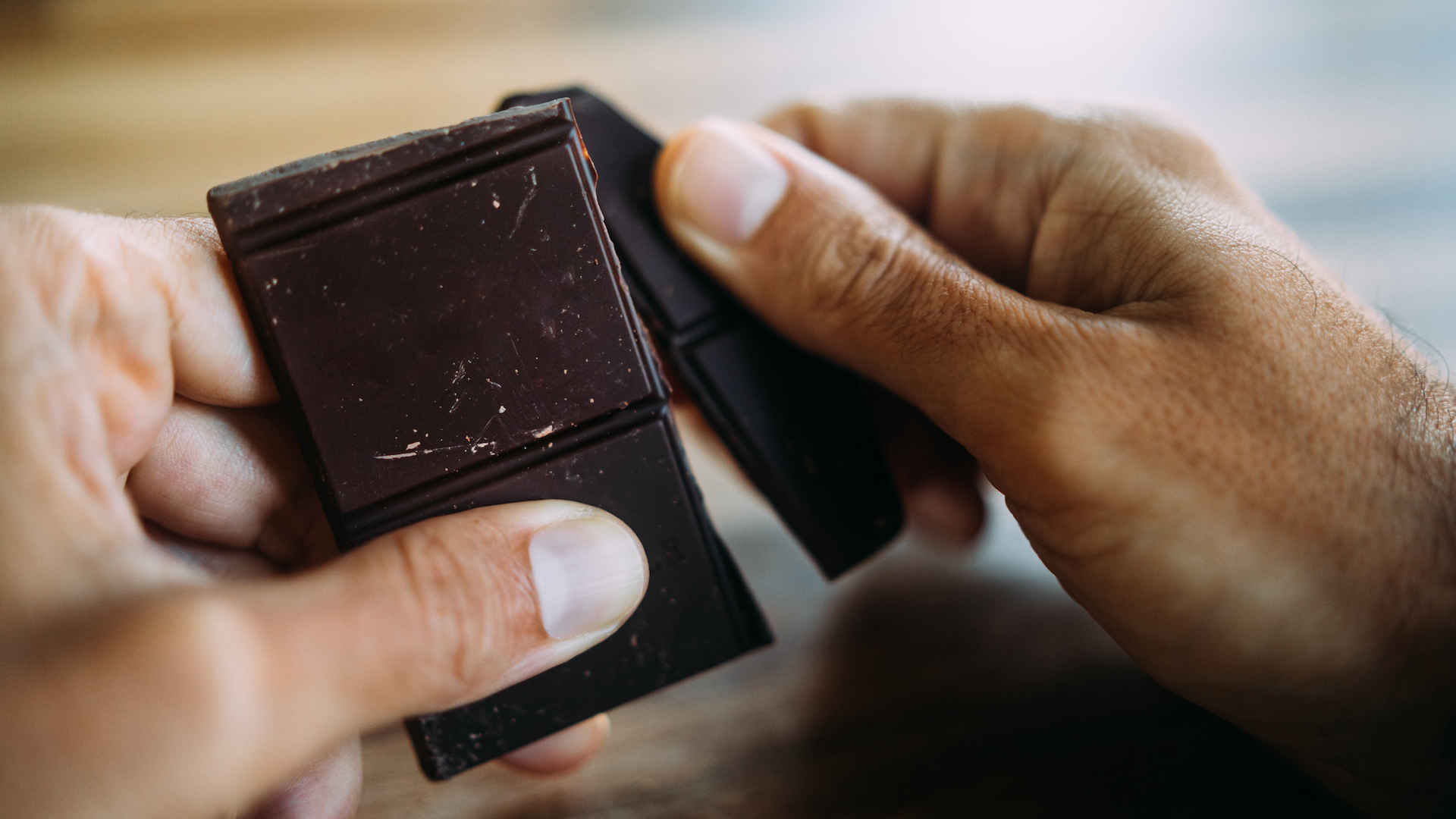
There are many common foods we humans eat that are toxic, potentially fatally, to dogs. These include chocolate (the darker the worse), onions, grapes, raisins, artificial sweeteners, alcohol and more. Do not leave them lying around – let alone feed them a morsel.
29. Microchipping
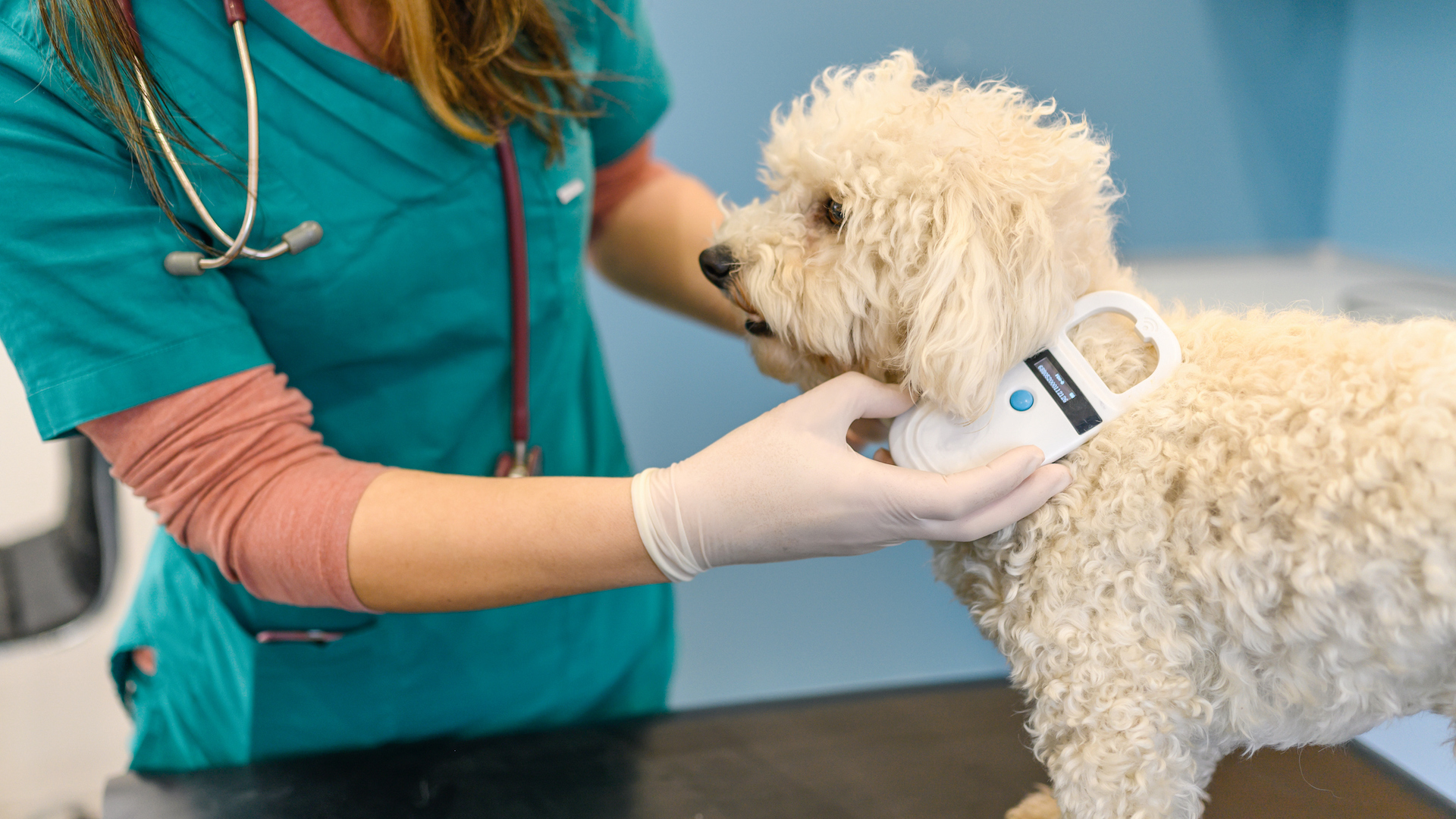
In the UK it has been mandatory to have your dog microchipped since 2016, or face a fine of £500. But when your dog arrives, you need to change the ownership details.
Microchipping is not mandatory in all US states, but it is highly recommended. If your dog goes missing and is taken to a vet or the police, a microchip will enable you to be quickly reunited.
30. A collar and tag
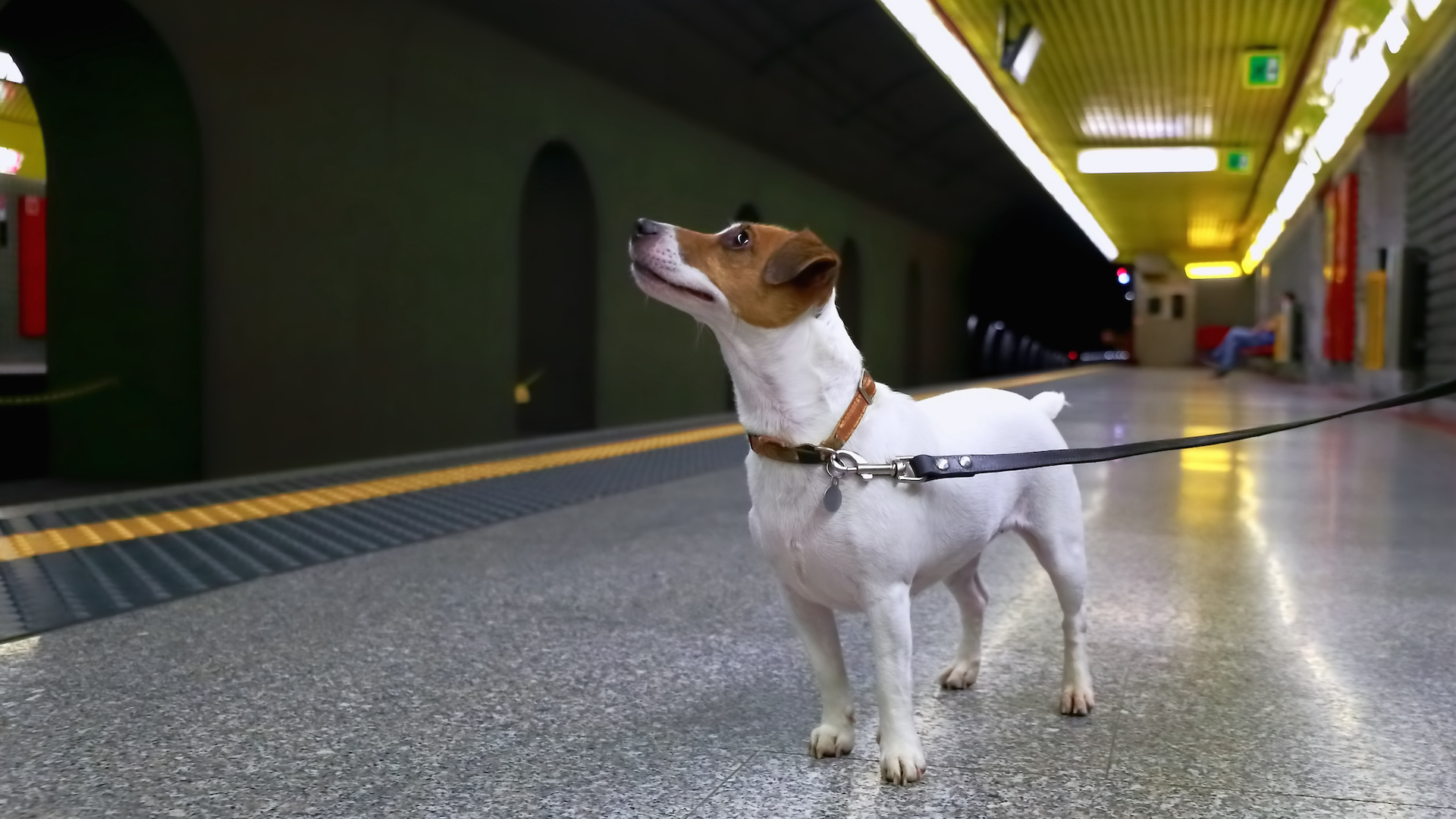
When your dog is in a public place in the UK, it must wear a collar and tag with your name and address (as well as having a microchip). Exemptions include rescue dogs and guide dogs.
In America it is not federal or state law, but some municipalities have ordinances that dogs should wear collars with ID tags, rabies vaccination tags and city or county licenses (where applicable). The ID tag should include the owner’s name, address, telephone numbers (day and evening).
31. Exercise
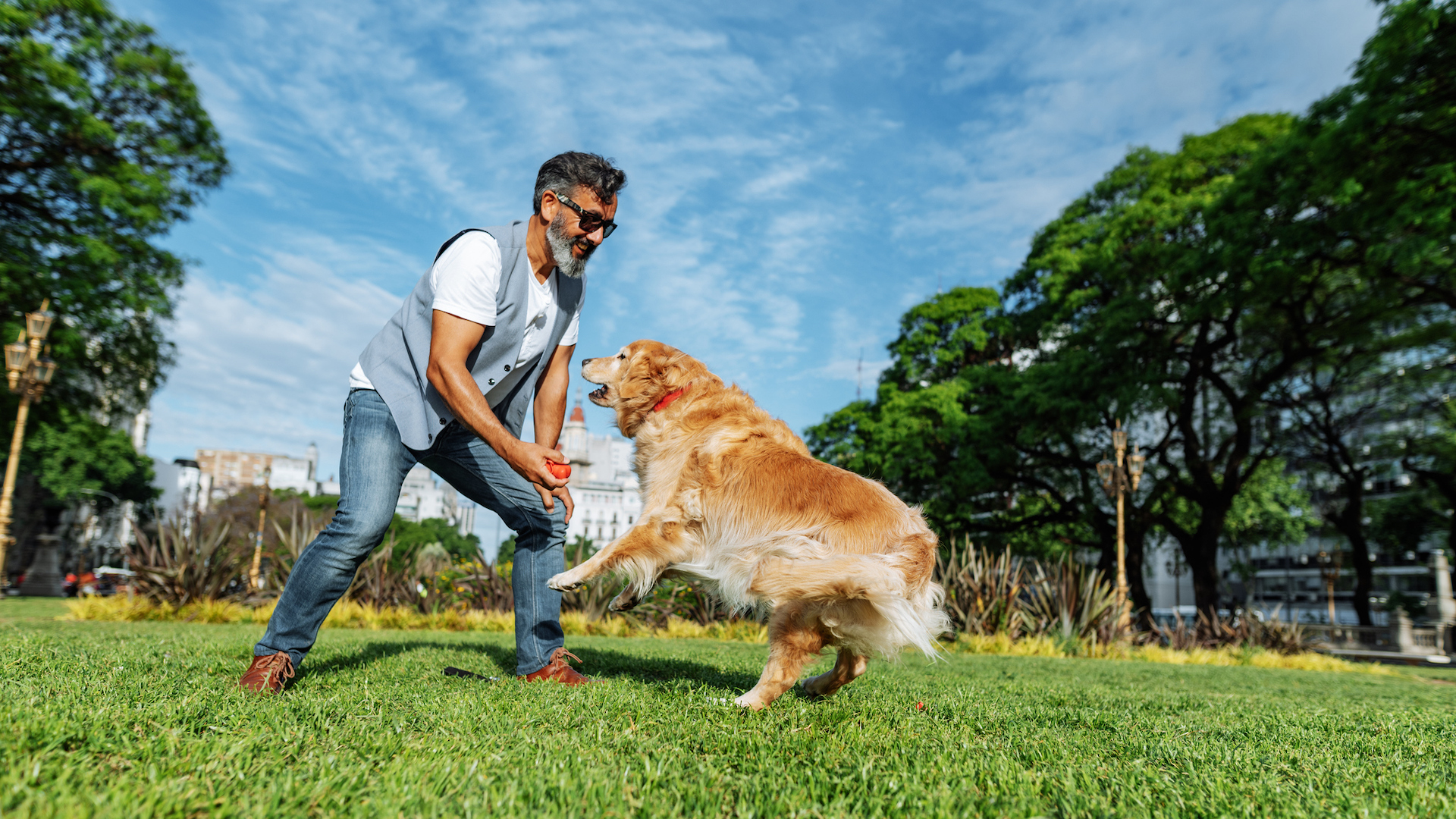
Dogs need exercising. They can’t just sit around on the couch all day – for one thing it’s boring for them, and it also increases their chance of becoming overweight, which is very detrimental health-wise.
It’s a great idea to carve out slots in your day when you are free to walk or play with your dog. Puzzle games, fetch and hide-and-seek are great brain games for dogs which will provide your pup with enrichment when you aren’t able to take him outside.
Don’t go too fast too soon with a young dog or puppy. They need very small snippets of exercise to start with, gradually building up until their skeleton is fully mature. Otherwise, they may be prone to joint problems.
32. Be prepared for hiccups!
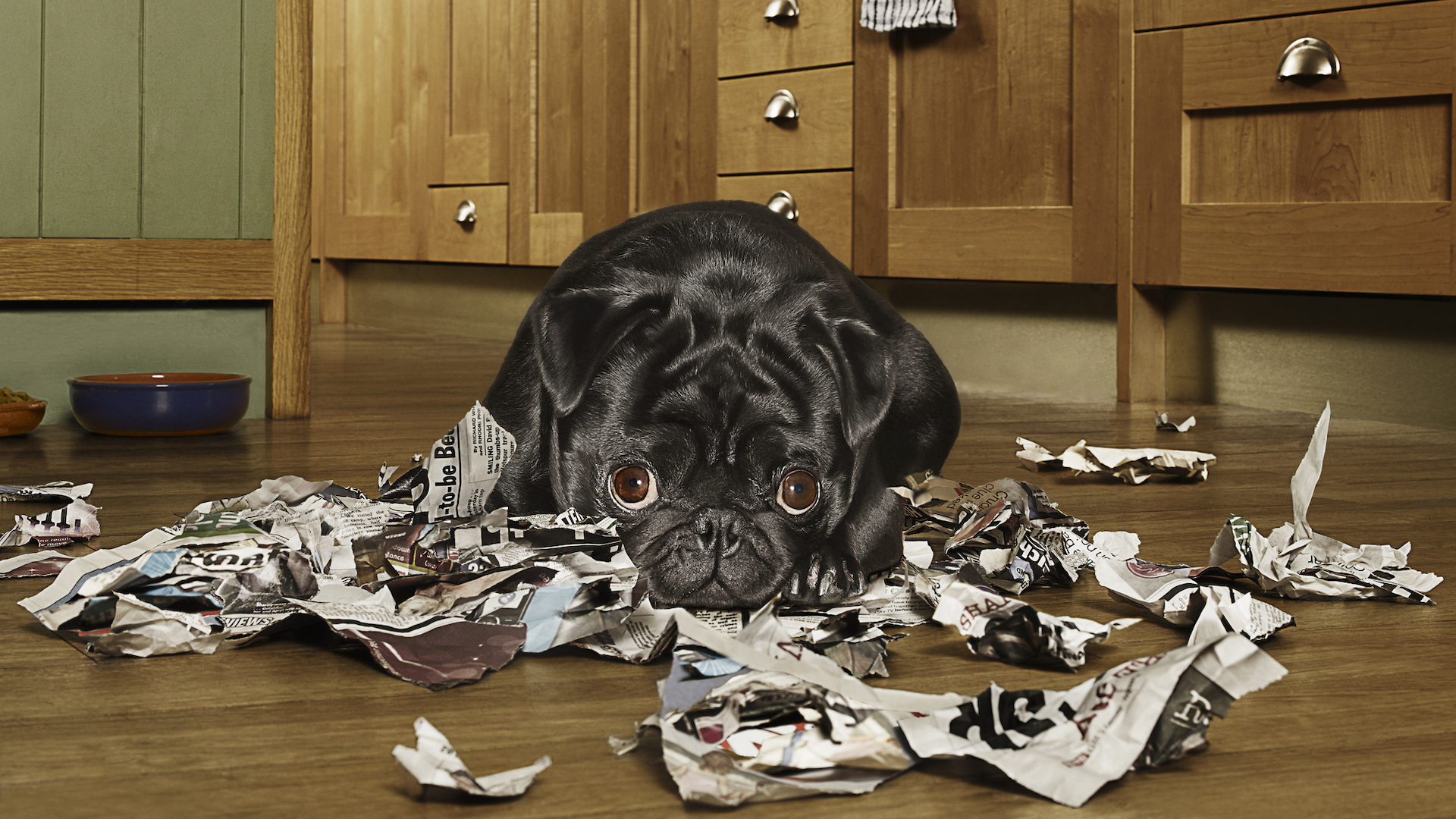
Like bringing up a child, raising a pup is never a smooth road. He’ll make mistakes – and so will you. Don’t too hard on yourself, or him. But treat him with love, care and affection, always with positive reinforcement and clear boundaries, and he should quickly adopt his place in the household as man’s best friend.
Read next: 10 things I'm doing as a first-time dog owner to prepare for a puppy
Martha is an experienced journalist working in both print and digital media. She specializes in the canine, equine and rural sphere where she has covered a wide range of topics from cloning animals and the ingredients for a perfect yard dog, to helping owners find the best canine GPS trackers on the market. When she’s not busy writing about dogs and horses, she’ll be found either aboard a horse or looking after the menagerie of pets in her care.
